THE HALLMARKS OF A MASTER NUTRITION ROWING WITH MORNING JOE

COACH DEVELOPMENT
THE IMPORTANCE OF BEING NEUTRAL







Setting the standard for inverted rails since 2014.
 Speed Rail™
Speed Rail™


THE HALLMARKS OF A MASTER NUTRITION ROWING WITH MORNING JOE

THE IMPORTANCE OF BEING NEUTRAL







Setting the standard for inverted rails since 2014.
 Speed Rail™
Speed Rail™

JOIN THE RANKS OF ELITE ROWERS WHO’VE CHOSEN
THE SPEEDCOACH ® GPS 2
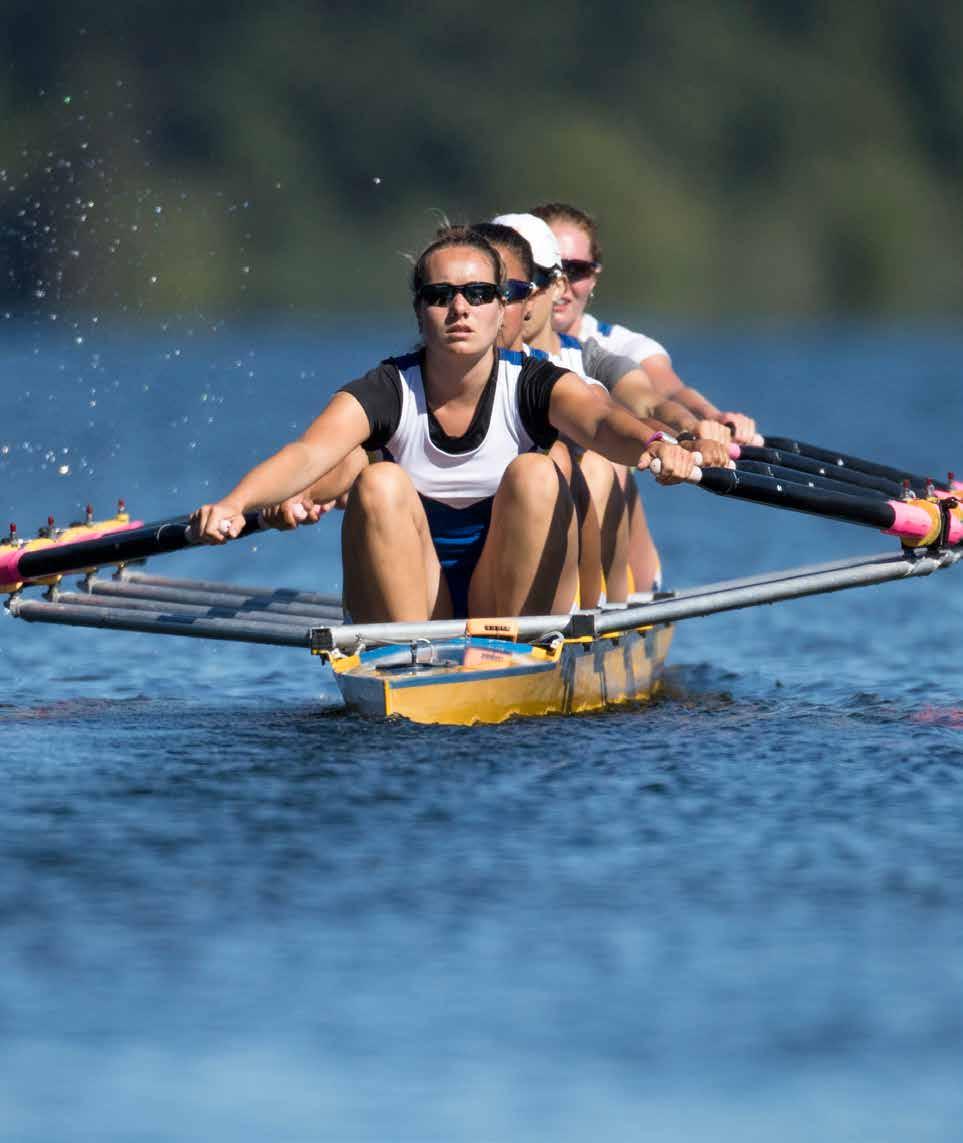


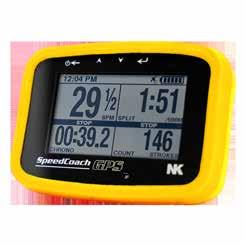
Unleash Your Potential with the SpeedCoach® GPS 2
Rowing’s most trusted performance monitor. www.nksports.com
On water — know your speed and master your stroke. On and off water — use the Training Pack to maximize your competitive potential.
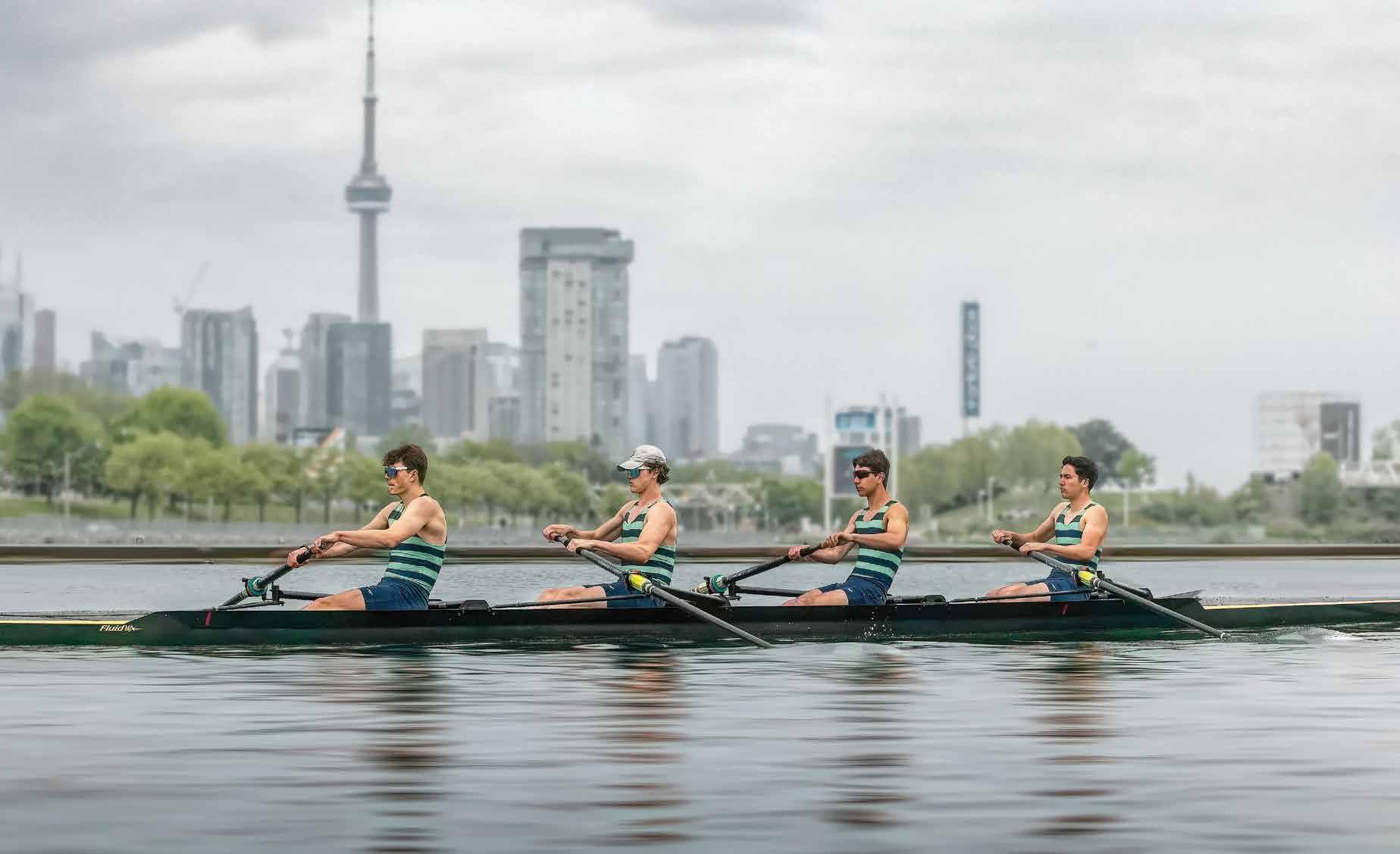


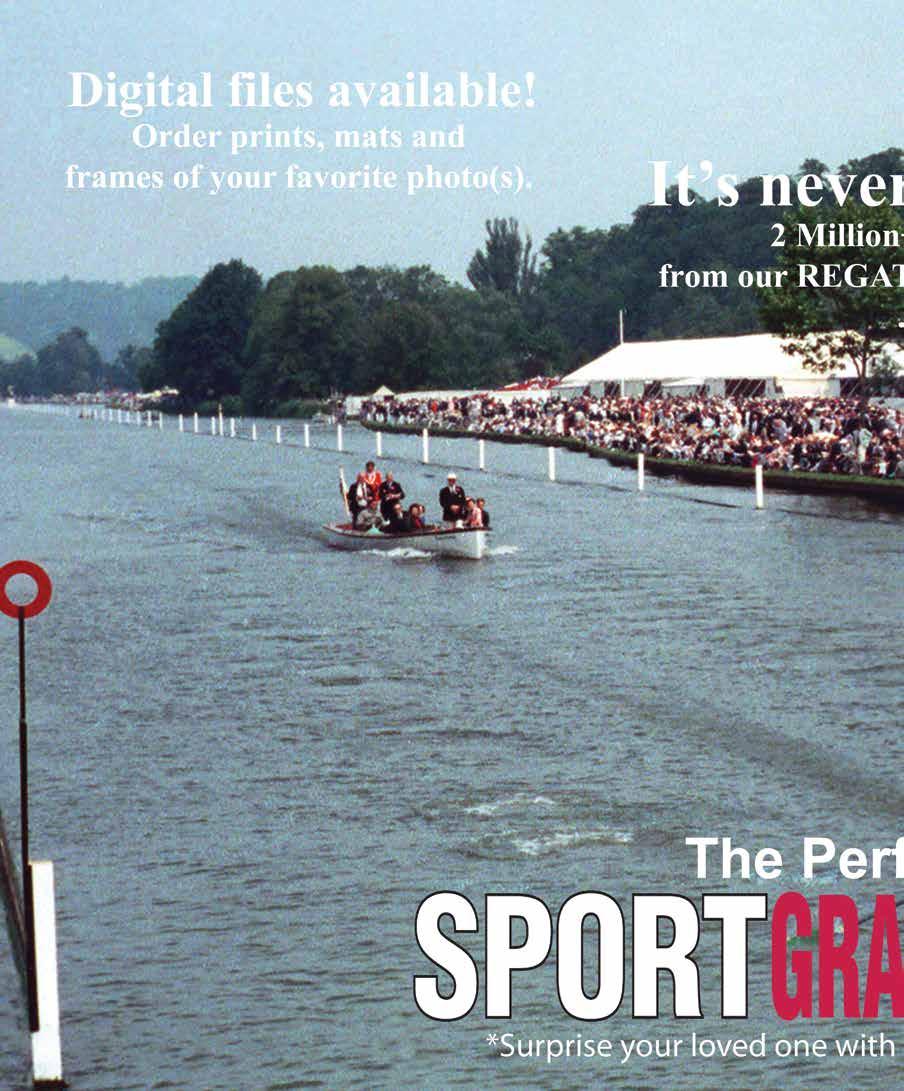
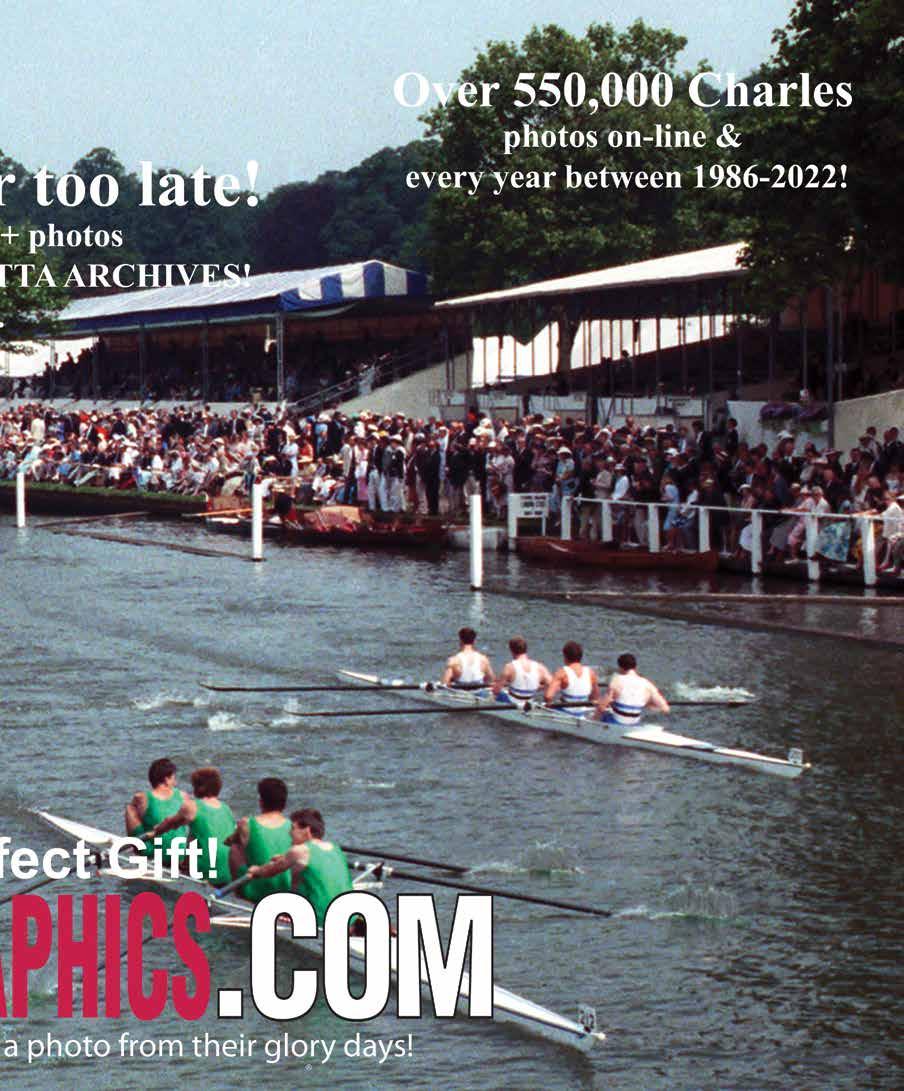


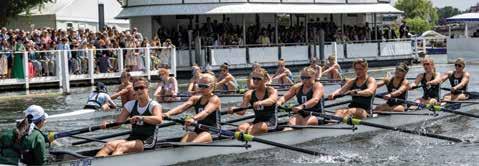


UCF’s hiring of Mara Allen is a case of a big-time athletic department looking at NCAA women’s rowing, and figuring that by hiring one of the great coaches working as an underpaid assistant, it could be competing at the NCAA championships.
With great athletes, great coaches, and great support, Deerfield switched to eights and became the best rowing high school in America last year.
After the agony of Olympic selection, the head coach of the USRowing Training Center-Princeton is confident the process yielded the 12 best athletes.



HOSR welcomes you back to Philadelphia
October 26 & 27, 2024

Competition for Juniors, Collegiate, Masters, Veterans, Elite, Adaptive/Para, Corporate and Alumni.
New in 2024 — Mens & Womens College 1x, 2x & 4x.
Registration opens July 15th at RegattaCentral.
Purpose got us started. Passion keeps us going. Join us in setting the course for our next 50 years.
Rowing is a beautiful, elegantly simple sport: The first boat across the line wins. There are no judged points, no timeouts, and no substitutions. We race to win, with no room for debate about the result, which is decided on the water.
Off the water, coaches should leave plenty of room for debate, especially regarding non-rowing matters. A coach is a teacher, and most rowers are student-athletes. Our sport is but one part of a person’s development as a member of society, and as Madeline Davis Tully points out in her Coaching Development column on page 63, coaches should create a welcoming environment for rowers of all kinds by not taking a stand on the social issues that have distracted so many in our sport from the actual rowing over the past few years.
We race to win, with no room for debate about the result, which is decided on the water.
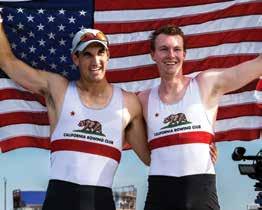
Now–spring and summer–is when our races matter, when the trophies are awarded, and when championships are determined, by racing and by crossing the line first.
A lot goes in to the roughly 260 strokes it takes to cover the 2,000 meters of these victories and championships. Hours of training over the four years of a school career—or the eight or more years of an Olympic journey—are behind each and every stroke of a six-minute race.
Only one crew gets to be the best at the final regatta, and what all the best have in common are three keys to success: great athletes guided by great coaches with great organizational support. In this issue, we feature two programs, one at each end of the years-long process of harnessing those elements to develop successful crews.
Deerfield Academy, a school as old as our country, found immediate success switching from racing in coxed fours to eights last year, but it came after years of building.
This year, on the NCAA Division I level, UCF is beginning the process, putting great organizational support behind a great coach, Mara Allen, in her first year of developing great athletes in Orlando.
Also this year, as pictured and explained in Big News, beginning on page 25, great U.S. athletes have won the opportunity to race against the world’s best rowers coached by great coaches with great organizational support at this summer’s Olympics and Paralympics in Paris.
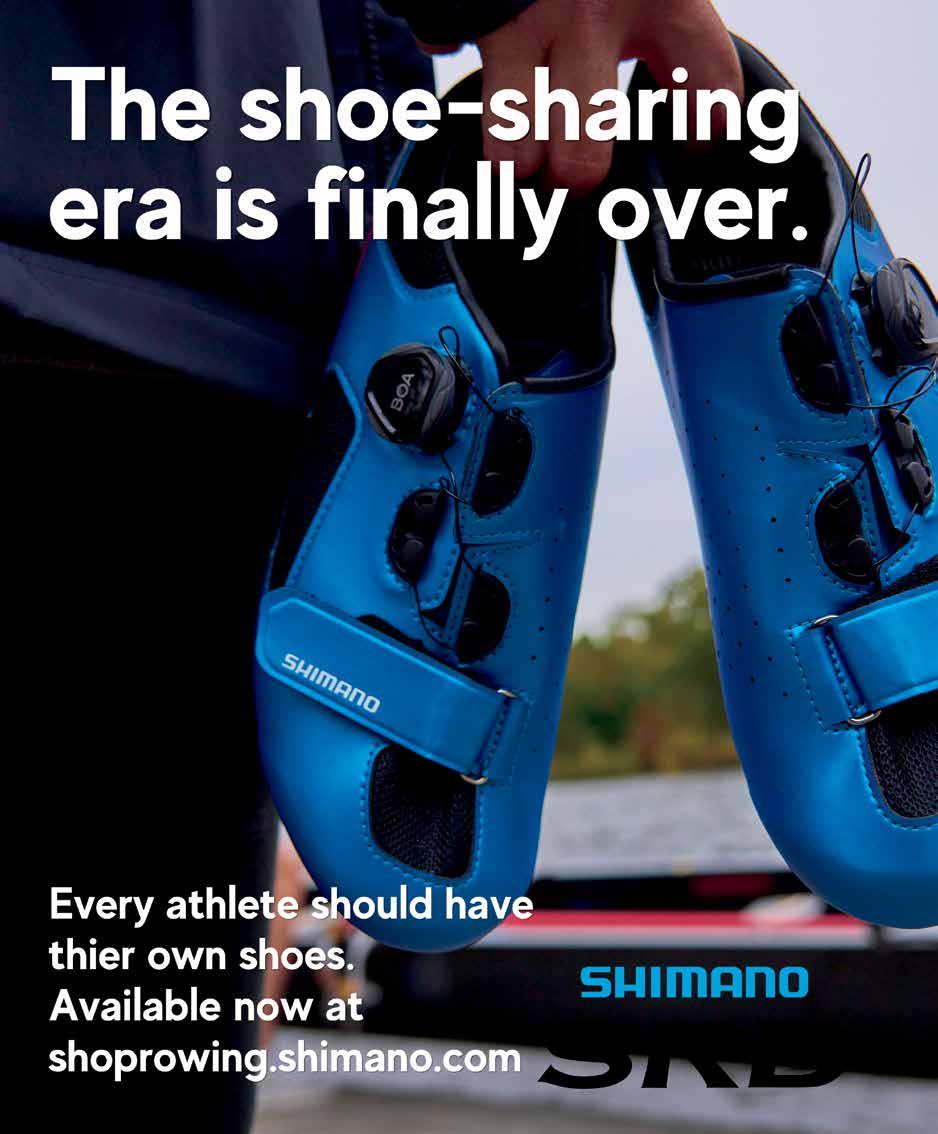

July 23 – 26 (Tues to Fri) 4 days, 3 nights at Kent School, ct
for U19 Athletes with at least one season of rowing/coxing experience for Youth, Masters, & Collegiate Coaches with at least one season of experience
capped enrollment ensures each and every attending Athlete and Coach receives as much time, attention, and direction as possible from Coach Gladstone
Steve Gladstone’s Youth Rowing Clinic & Coaches Symposium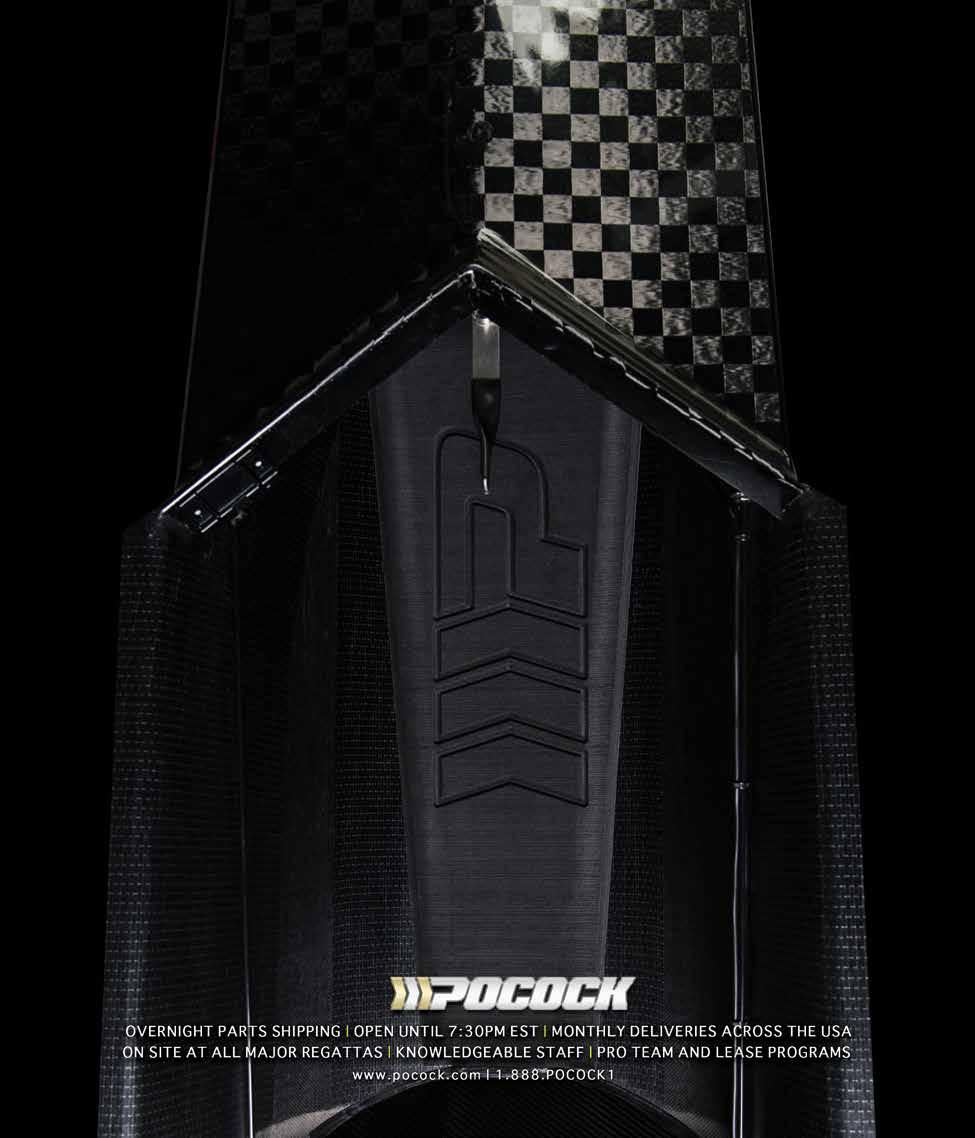
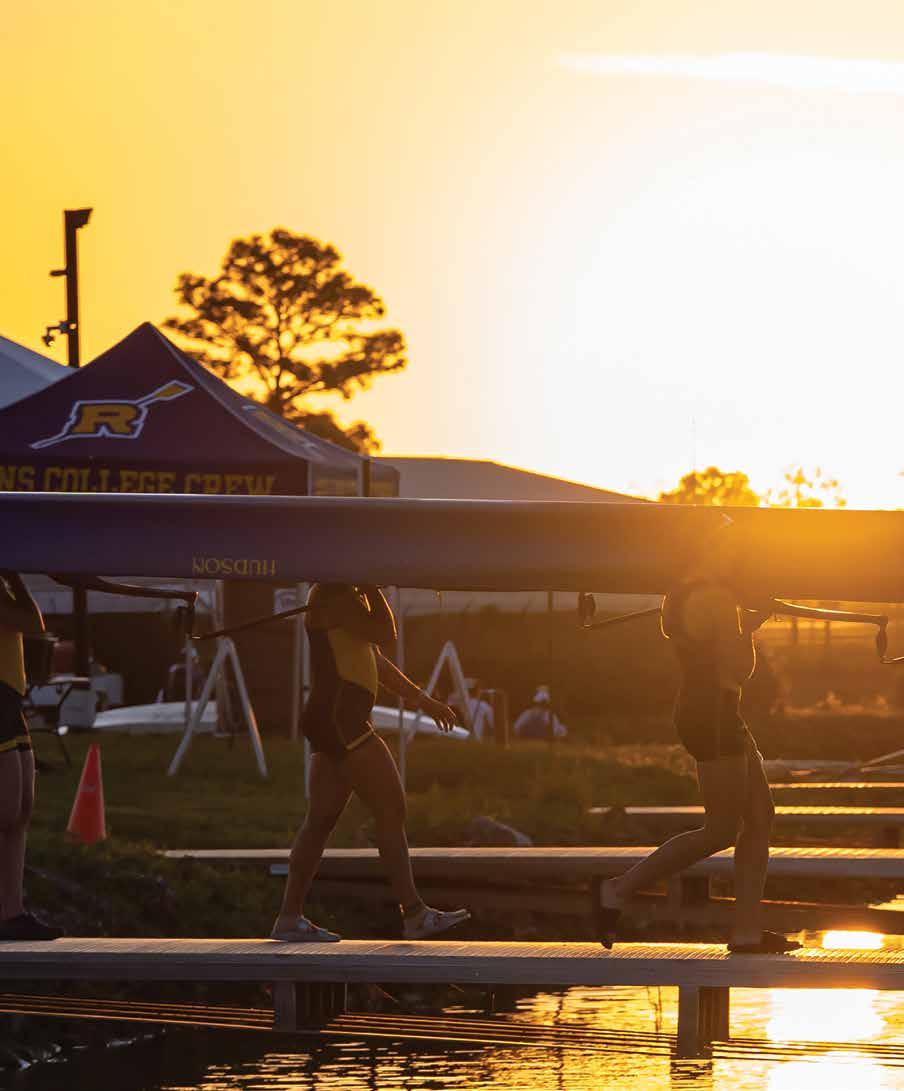
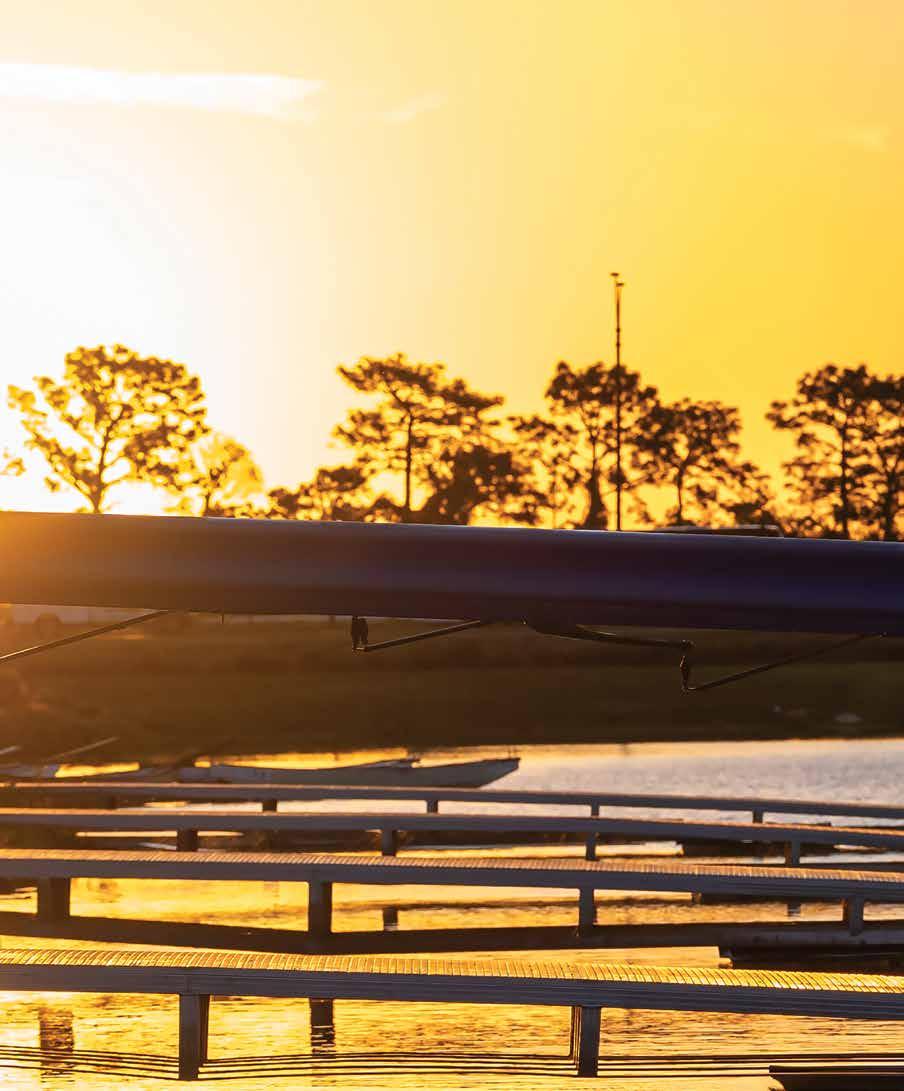
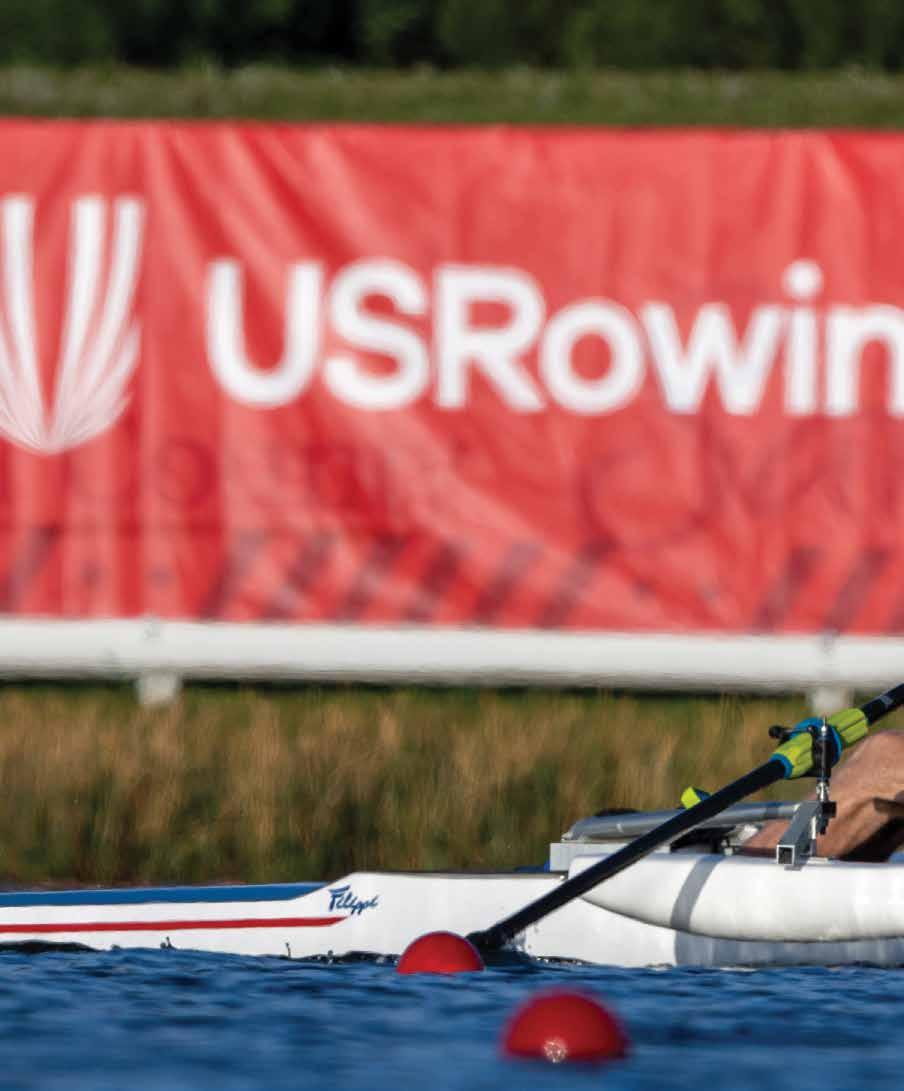
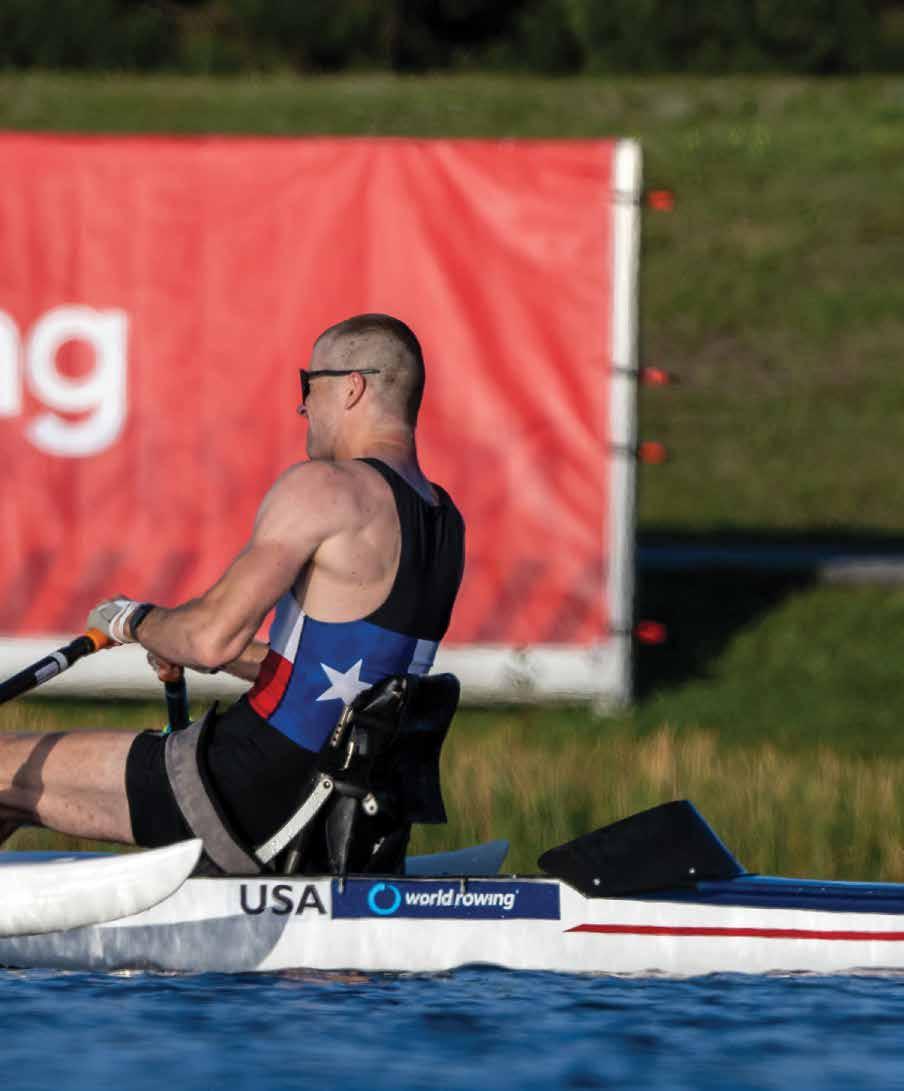
Texas Rowing Center’s Andrew Mangan won the PR1 men’s single sculls event at the 2024 U.S. Olympic & Paralympic Team Trials on April 7 and now heads to Switzerland to attempt to qualify for the Paris Paralympics.

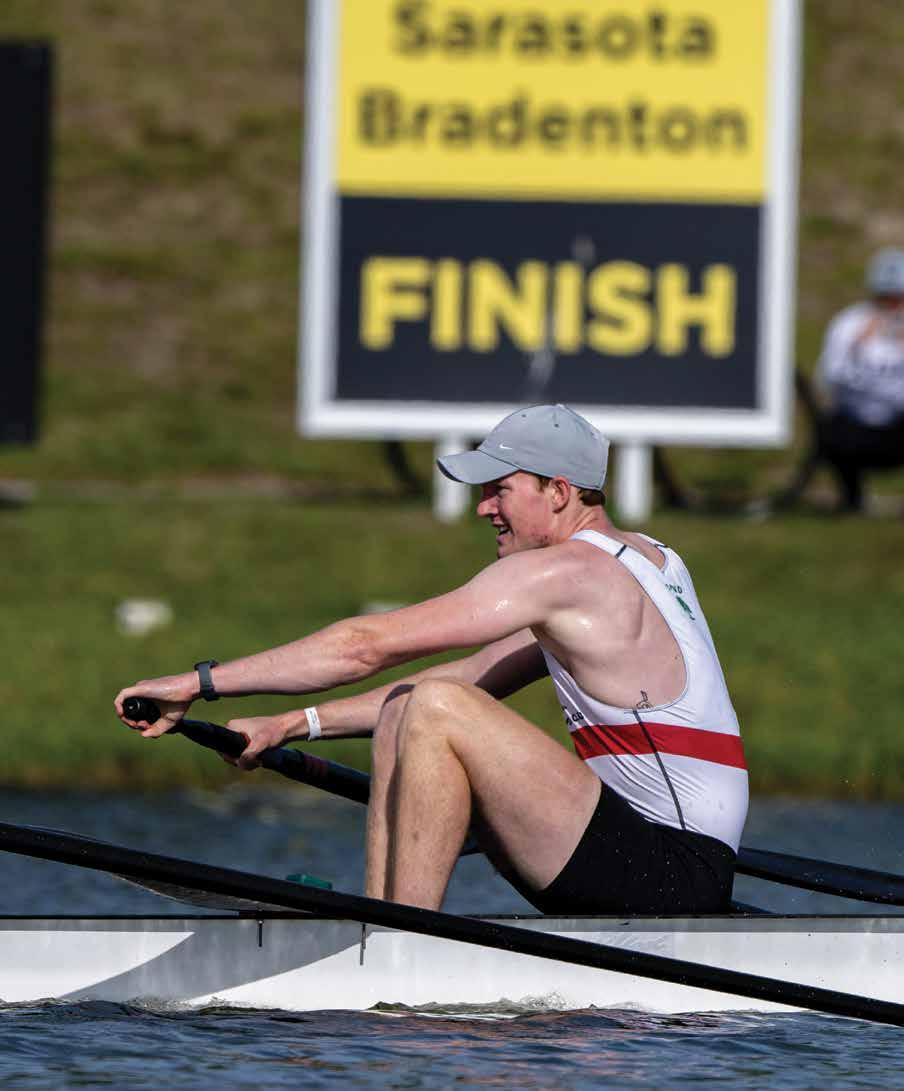
California Rowing Club’s Oliver Bub (stroke) and Billy Bender (bow) won the 2024 U.S. Olympic & Paralympic Team Trials and the right to race in Paris in the event. Bender and Evan Olson qualfied the U.S. at the 2023 World Rowing Championships.
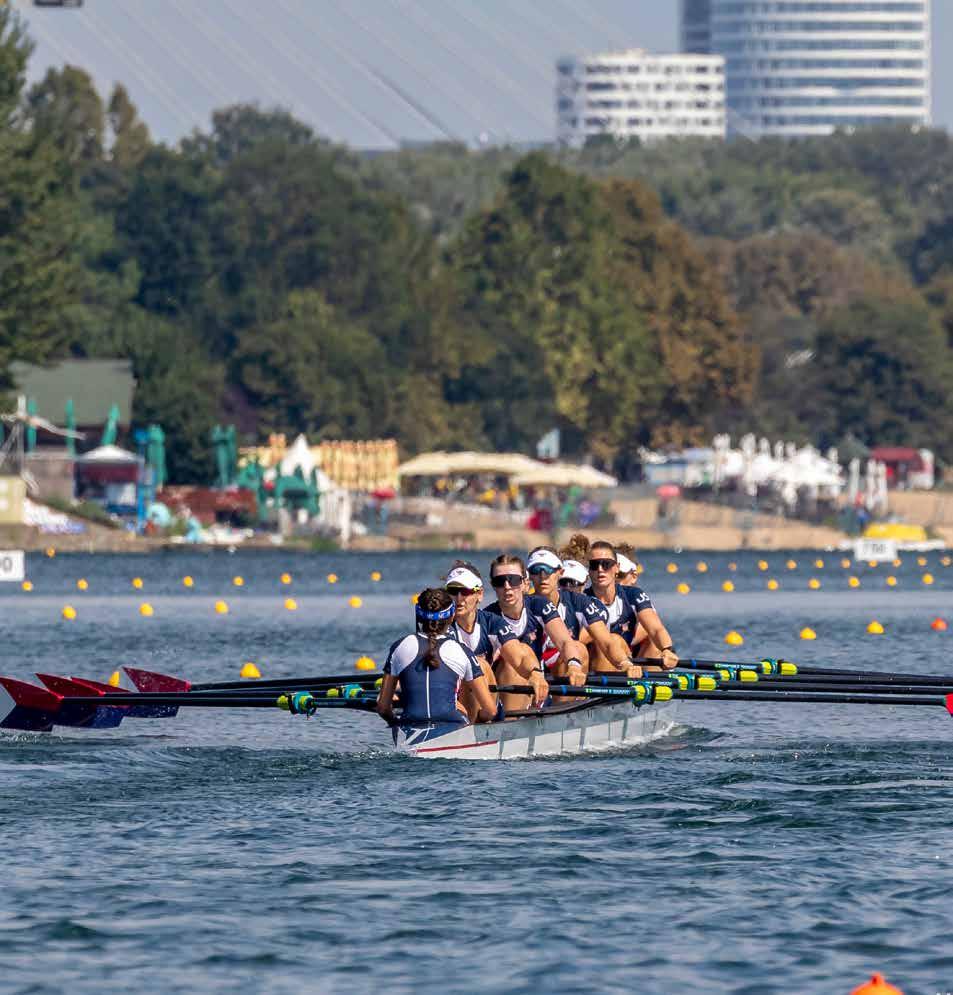
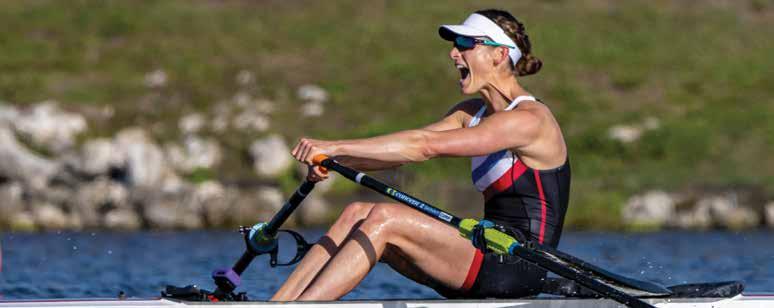
In slow conditions, crews raced to high percentages of “Competitive Standard Time”—a promising sign for Olympic qualification, if not medals.
The U.S. Olympic and Paralympic Trials decided the remaining eight of the 14 crews that either are qualified already or hoping to qualify for this summer’s Olympic Games, as well as two Para boats for the Paralympic Games.
Single sculler Kara Kohler and the men’s and women’s pairs of Oliver Bubb and Billy Bender and Jess Thoenness and Azja Czajkowski will race in Paris by virtue of winning Olympic trials in the previously qualified boat classes.
The winning men’s and women’s quads, men’s single, men’s lightweight and open doubles, and the Para PR1 men’s single and PR2 mixed double all now go to Lucerne, Switzerland, for the World Rowing Final Olympic & Paralympic Qualification Regatta, May 19 to 21, where they will have to finish in the top two to earn places for Paris.
“It’s a relief,” said Kohler, after winning the singles trial against Community
Rowing, Inc.’s Maggie Fellows, who had won the winter speed order in February on the same Nathan Benderson Park course in Sarasota, Fla.
Kohler, fourth at last year’s world championships, will become a three-time Olympian, having won a bronze medal in the women’s quad in London and finished ninth in the single in Tokyo. Fellows goes home, having chosen to pursue the single to the end rather than accept an invitation to selection camp for the quad.
“That’s a hard case,” said USRowing head coach Josy Verdonkschot. “In the end, it’s a personal decision.” But the Olympic chief would have liked to have had the talents of Fellows in the mix for the women’s quad.
“It’s not like a computer game, where you can move everybody in the desired direction. Looking at it from her perspective, the part that I totally understand is
Eastern Michigan University has unveiled an eight-lane racecourse on Ford Lake in Ypsilanti, which it hopes will host the NCAA championship regatta as well as collegiate-conference and USRowing championships. “Our goal is to make Ford Lake a prime national venue,” said head coach Kemp Savage. “We have already been in contact with USRowing about hosting future events. We have made bids and been in communication with the NCAA and some conferences to bring conference championships to Ypsilanti.” Because the course can accommodate a starting bow-lock system and finishline tower and be expanded to 12 lanes, it could serve someday as a stage for international competition. This summer, crews training for the World University Championships will row on Ford Lake before racing in Rotterdam.
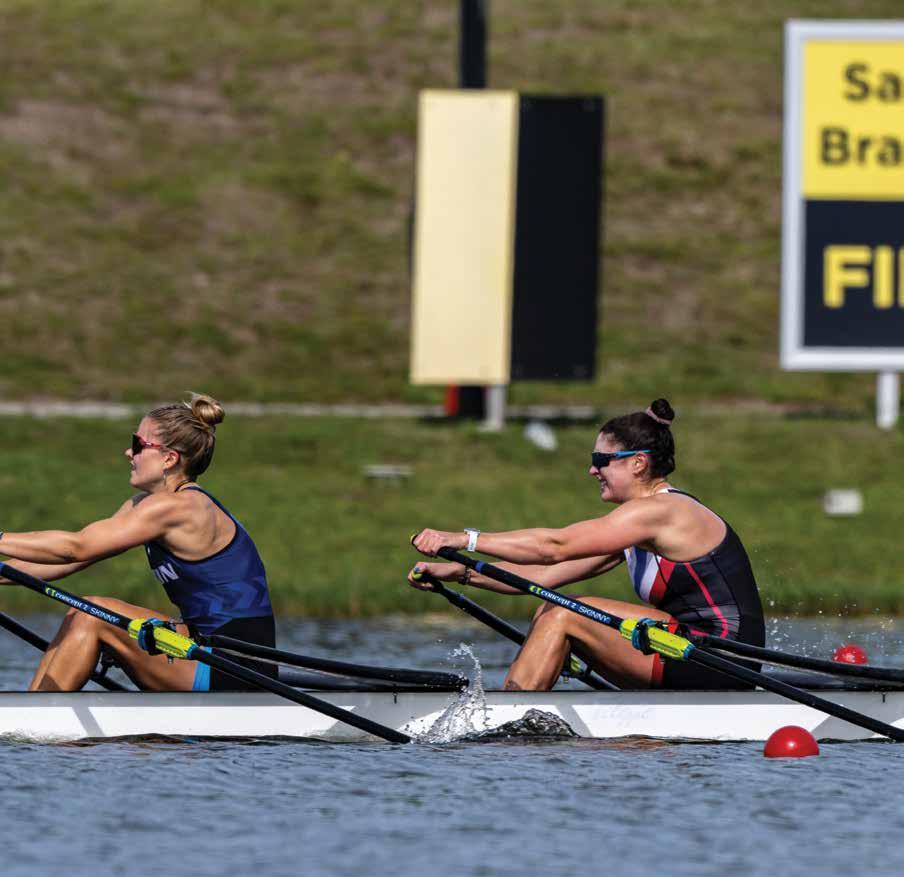
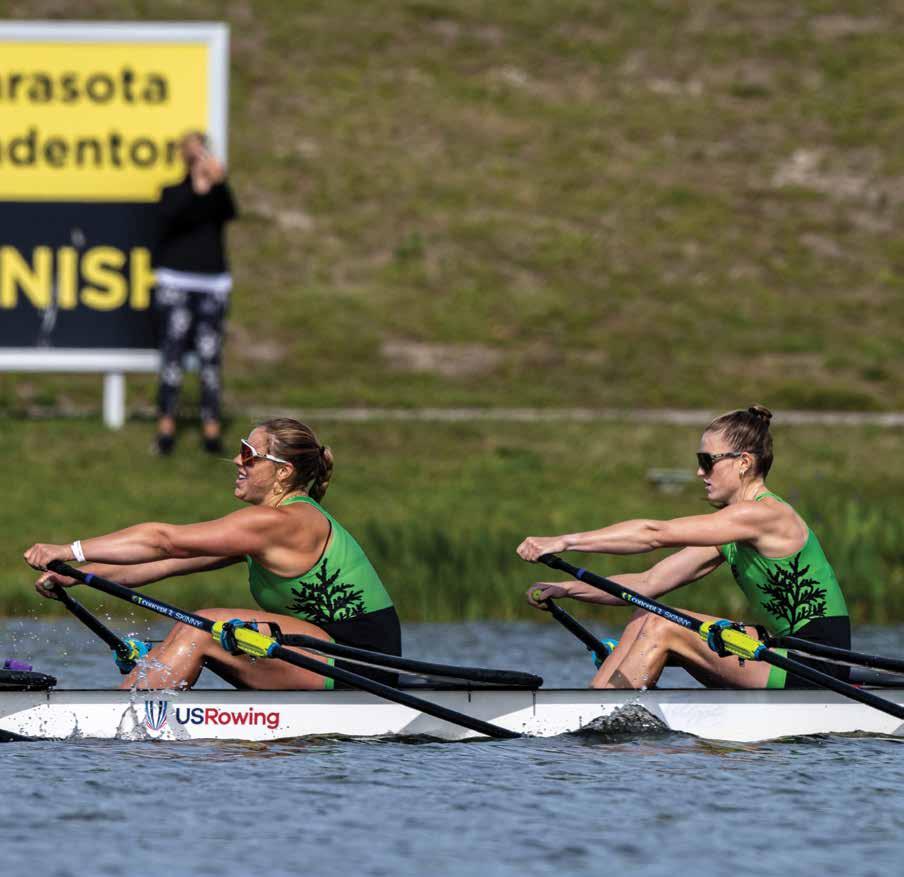
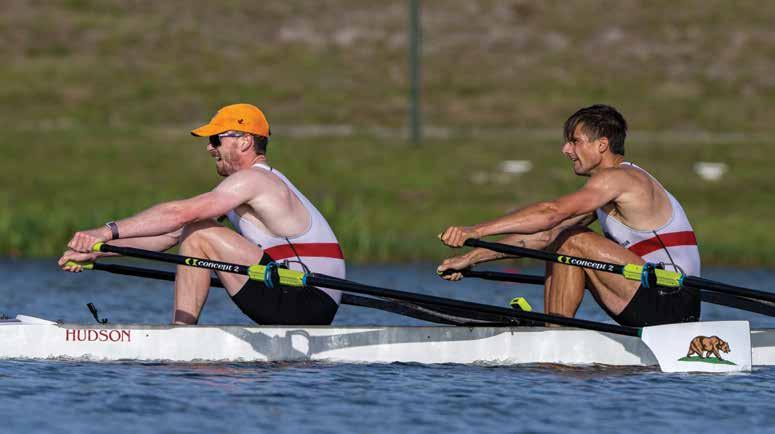
BIG NEWS >>> she was going for a qualified spot.”
The winning pairs were athletes who were cut unexpectedly from the fours and eights, especially since less-accomplished rowers who placed below them in the February pairs speed order were selected instead. Although both pairs won the trials by open water, they weren’t cut from the big boats to make great Olympic pairs. Once that happened, though, they were guided in their choices of partners for the trials.
“We tried to help athletes who didn’t make big boats decide about combinations to make sure we gave our best athletes the best opportunity,” said Verdonkschot.
Craftsbury Green Racing Project’s Jacob Plihal won the men’s single trial by three seconds over Saugatuck’s Casey Fuller, with Penn AC’s Cedar Cunningham third. The U.S. has not qualified the men’s single for the Olympics since 2012 (Ken Jurkowski, 24th), and the event is typically one of the most competitive at the final qualifier.
The men’s double of Ben Davison and Sorin Koszyk, who missed Olympic qualification at last year’s Worlds after
a sloppy race in the quarterfinals, won the right to race at the final qualifier with a 35-second trials win over the only other entry of World Beach Sprint Finals champions Christopher Bak and Kory Rogers of Next Level Rowing.
The lightweight men’s double of Columbia University grad Sam Melvin and Dartmouth’s Cooper Tuckerman won its trial convincingly for the chance to qualify in Lucerne. The women’s lightweight double is one of eight already-qualified Olympic events for the U.S., and the crew of Michelle Sechser and Molly Reckford was named through the Olympic selection camp held in Sarasota in March.
The U.S. men’s quad that finished ninth at last year’s Worlds—only the top seven fours and quads qualified for the Olympics—won the only close final of the trials, beating the other U.S. Training Center/Penn AC combo quad by half a second.
The women’s quad of Lauren O’Connor, Teal Cohen, Emily Delleman, and Grace Jones won its final by over seven seconds and, like the men’s quad, will travel to Lucerne in an attempt to finish in
the top two of the final qualifying regatta. In slow conditions—a light headwind but little chop—both quads raced to 91 percent of Verdonkschot’s “Competitive Standard Time,” a promising sign for Olympic qualification, if not medals.
Two Para boats raced unopposed at trials, with Andrew Mangan winning the right to race for Paralympic qualification in the PR1 men’s single scull and Russell Gernaat and Madison Eberhard going in the PR2 mixed double.
There were no entries for the PR1 women’s single, and the U.S. has already qualified and named crews for the other two of five Paralympic events, the PR3 mixed double and PR3 mixed four with coxswain.
The U.S. Olympic & Paralympic Team Trials concluded the series of training camps, February speed order, Olympic selection camp, and trials preparations at Nathan Benderson Park. The U.S. Olympic & Paralympic Committee will officially name the Olympic and Paralympic teams June 7 and July 1, respectively.
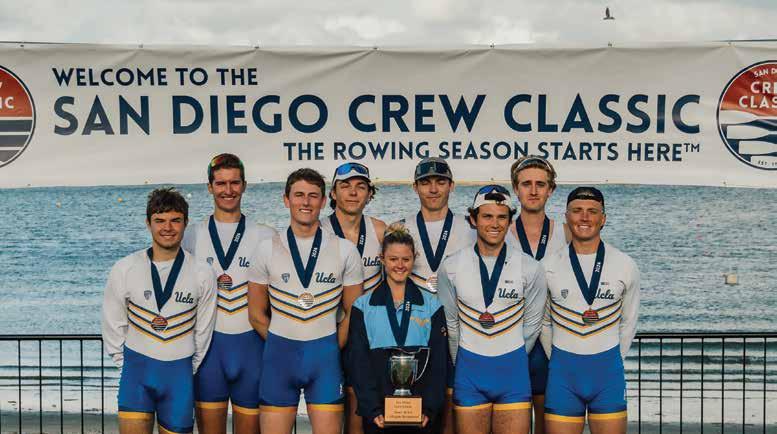
This year’s difference: trust, camaraderie, and “embracing the suck.”
Texas repeated as champion in the three top collegiate women’s events at the 51st San Diego Crew Classic, in early April, including the JessopWhittier Cup Invitational, the premier event of the regatta.
“I’m well aware of where we started last year and how we finished,” said Texas coach Dave O’Neil, referring to the Longhorns’ sweep of last year’s Crew Classic over a field that included Stanford and Washington and subsequent fourth-place NCAA finish, behind both, at the end of the season.
“This year’s team is a lot different from last year’s team. I feel like the work that we put in this past year in terms of developing the bonds, the trust, and the camaraderie among the team has really paid off.”
O’Neil said that this year’s Texas crew has “embraced the suck,” leaning in to hard
work.
“We talked about ‘It doesn’t have to be fun to be fun,’ and they’re like, ‘Yeah, we want this to be hard.’”
Cal finished seven seconds back in second, with Washington a further eight seconds back in third. Washington State, Notre Dame, San Diego, and SMU rounded out the seven-boat final.
On the men’s side, the Copley Cup Invitational was a truly international event with Club Nautico de San Juan defeating the UK Armed Forces.
Newport Aquatic Center distinguished itself with a victory in the women’s youth eight, with Marin second and Saugatuck a distant third. Oakland Strokes, Capital Crew, Connecticut Boat Club, Norcal Crew, and Holy Names Academy competed in the A final.
In the men’s youth-eight San Diego Rowing Club Cup, Marin beat northern California rivals Oakland Strokes, with Saugatuck third again, Newport Sea Base Rowing, Norcal Crew, Belen Jesuit, Newport Aquatic Center, and San Deigo Rowing Club were the other A finalists, in order.
The weekend racing at Mission Bay began with the ACRA collegiate invitationals. UC Santa Barbara won the women’s event, and defending ACRA club national champions UCLA took the men’s.
“This year’s crew, we have a little more length in the middle of the boat,” said UCLA coach Marcel Stiffey. “There are some guys that we have developed throughout the season who have done really well.”
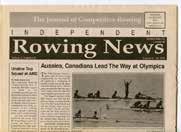
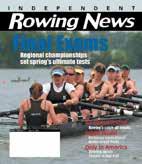
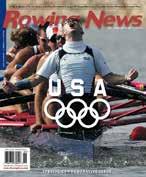
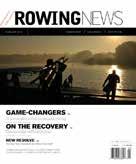
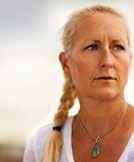
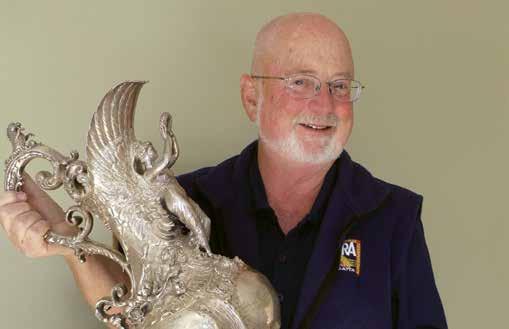
The longtime commissioner oversaw the oldest rowing organization and collegiate championship in the U.S. for 26 years.
Gary Caldwell, the commissioner of the Intercollegiate Rowing Association (IRA), will retire at the end of the year after serving the oldest rowing organization and collegiate championship in the U.S. for 26 years, the IRA announced.
In 2020, Caldwell described the role of the IRA to Rowing News : “Because men’s rowing and [men’s and women’s] lightweight rowing are not NCAA sports, the IRA acts as the regulating body, much as the NCAA does for women’s rowing. We oversee the eligibility rules, the operating regulations, an athlete’s ability to transfer between schools. We’re a parallel organization.”
Caldwell became involved with the IRA in the 1990s when he began administering events and eventually was appointed commissioner. When he retired from his coaching position at Tufts in 2016 after 26 years, he remained in the role.
The IRA began with five member schools—the University of Pennsylvania, Syracuse, Cornell, Columbia, and the Naval
Academy. But in 2011, the organization restructured under a new constitution and bylaws and is governed now by a board of 51 member schools.
The IRA also announced that Laura Kunkemueller will move from director of officiating to the new position of associate commissioner. Patrick Diggins, regatta director for the IRA and Eastern Association of Rowing Colleges Eastern Sprints, will take on additional responsibilities as assistant commissioner for affiliate championships and will oversee the National Invitational Rowing Championship, New England Rowing Championships, and Women’s Sprints regattas.
Howard Meisner, longtime USRowing referee and former Northeast regional coordinator for USRowing’s referee committee, has been appointed director of officiating.
“I get to work with really good people; they are invaluable,” said Caldwell. “This is not a one-man band by any stretch of the imagination.”
Karl Drlica’s definitive history of Oregon State rowing—from struggling club to nationally successful varsity sport—is a fascinating chronicle of creativity and grit.
Rowing is challenging. Racing even more so. Now try doing it on the Willamette River in Corvallis, Ore. There’s a fast current, seasonal flooding, narrow bridges, floating tree trunks and other debris, darkness, rain, and cold. And it was worse before the 1960s, when dams were built.
Karl Drlica, author of Bitten by the Rowing Bug: Challenges of an Untamed River, knows this intimately. For decades, his father was Oregon State University’s rowing coach, fighting the elements and fighting for funding. The latter challenge proved almost more daunting than the forces of nature. Drlica watched his father struggle to build a rowing program in Corvallis. Then he, too, became a rower and coach.
Going far beyond his personal recollections, Drlica–a microbiologist who has written several books on DNA–has done exhaustive research on the turbulent story of Oregon State rowing. He draws on numerous interviews and troves of original documents, including the diary of his coach-father (the proof is 62 pages of footnotes!). The result is a definitive history of one of the first rowing clubs of any West Coast university–a fascinating read filled with untold stories of creativity and grit.
A coach from the 1920s who preceded Drlica’s father foretold the equipment problems that would plague Corvallis rowing for decades. Without docks or floats, the men had to wade into the water to climb into their shells.
“The boats leaked plenty, and the men became quite proficient in estimating how far they could row down the river and still return without going ashore to dump out the boat, or even sinking on occasion. Neither did it matter that the old shed boathouse leaked like a sieve and that it had no floor, only a mud bank slanting so much that on wet days it was no small feat to get a shell either in or out…. There was no place to dress or leave clothing if one did change. If an oarsman got wet, he went home wet and liked it.”
An intrepid coach during the 1930s commandeered an abandoned electricrailroad depot and turned it into a boathouse. Unable to afford boats, the oarsmen began building their own, using plywood and newly developed waterproof glue—a process, Drlica says, later used by the U.S. Navy to build PT boats in World War II.
Bringing ingenuity and perseverance to the orphan rowing club, Drlica’s father in the 1960s cajoled the U.S. Navy into donating two surplus ammunition barges otherwise headed for mothballing to use as boathouses. He fought endlessly and often futilely for funding, which rowers supplemented by staging jog-a-thons, painting house numbers on driveways, and cleaning football stadiums.
His father saw rowing as characterbuilding and had long encouraged intramural rowing in the hope that its popularity would win university support. But in the 1960s, when his budget was whacked in half after years of stagnation, he had to cut intramural rowing to focus on the men’s heavyweight team and a burgeoning intercollegiate women’s crew.
Drlica’s book broadens from the nitty-gritty issues unique to the Willamette River and Oregon State to a larger national picture through his chapters devoted to the struggles of women’s rowing. That story is told largely through Astrid Hancock, who coached at Oregon State after teaching rowing at all-female Wellesley College near Boston.
In the late 1800s, Hancock tells Drlica, “Wellesley crew was more about singing than rowing.” The crews would row in full-length skirts, and rowing was touted as producing “an erect carriage, finely poised head, full chest, well-placed shoulders, strength of back and chest, and deep breathing.”
By the time she left in 1963, Wellesley women had become competitive and were fighting for a new boathouse. At Oregon State, she brought her crew to the first
regatta of the newly formed National Women’s Rowing Association in Seattle, where they slept on the floor.
“Nobody had any money,” she said. Oregon State was one of seven teams in that landmark 1966 regatta, all from the West Coast except the Philadelphia Girls Rowing Club. The Oregon State oarswomen, like the men, faced money shortfalls, and it was only in 1969 that they raised enough to replace their heavy men’s crew shells with smaller, lighter women’s boats.
“The boats leaked plenty, and the men became quite proficient in estimating how far they could row down the river and still return without going ashore to dump out the boat, or even sinking on occasion.”
Women’s rowing was exploding around the country. Title IX, which took effect in 1973 and required equity in funding for men and women in federally supported schools, was no panacea for women’s crew at Oregon State immediately. When the women, whose locker room was the decrepit electric-railroad depot, asked for showers on a par with those of the men, the administration sent plumbers in to shut off the men’s showers so they’d be as secondrate as the women’s.
Through memos written by university officials in the 1970s, Drlica exposes an effort to kill the rowing program his father had built. Writing to the college president, the head of physical education wrote: “I would suggest that we consider carefully whether or not Oregon State University wishes to continue the crew activities.”
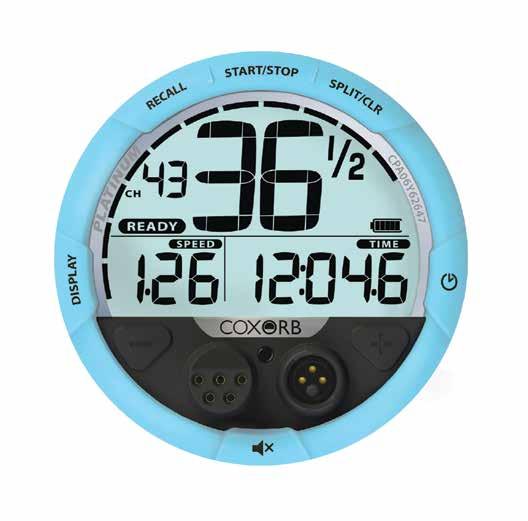
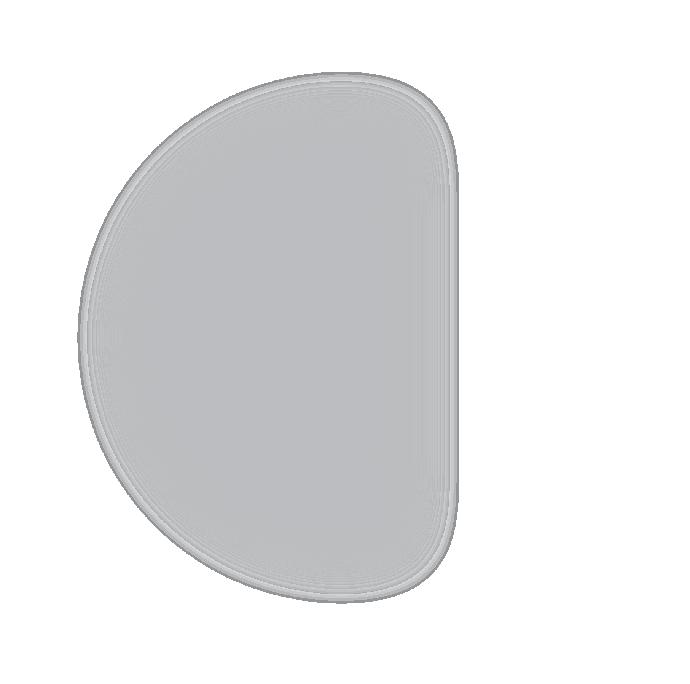

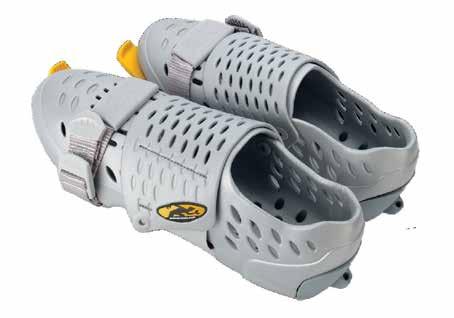
it’s going to feel so good when I stop.”
Despite the difficulties and dangers that Karl Drlica presents in his book about the Willamette River and Corvalis rowing, the greatest danger the author faced happened to himself when, as an aging masters rower, he experienced the most frightening of possibilities on the river: his own heart attack. He describes what happened in the epilogue with the same intense detail that imbues his recounting of Oregon State rowing.
Drlica collapsed sideways in his boat, which rolled over, leaving him upside down, his feet stuck in the foot stretchers, his head underwater. He would remain unconscious as he was pulled from the water, given three shocks with a defibrillator on the dock by a physicianrower, and raced to the hospital, where he woke up three days later.
To piece together the story, Drlica did the kind of definitive reporting that characterizes his entire book: He interviewed everyone who helped save him.
DOTTY BROWN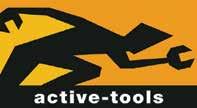
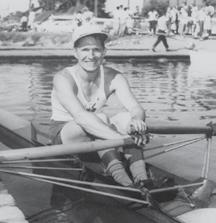

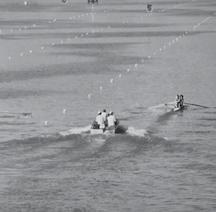
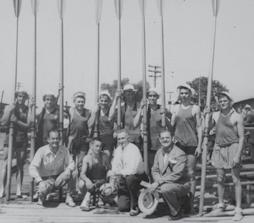




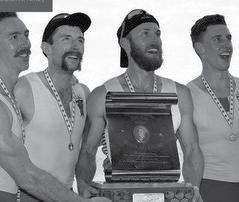
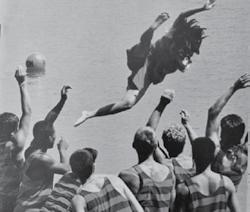
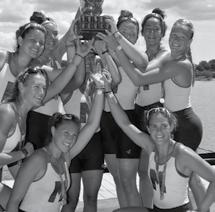
July 28–August 4, 2024
St. Catharines, Ontario, Canada
Entries open April 2024. Register your crews at henleyregatta.ca/registration
Follow web and social for important dates, accommodation and more information.
July 30–Aug 4
henleyregatta.ca
You’re exactly right,” said Tim Allen, executive associate athletics director at the University of Central Florida, in response to my question:
Was UCF’s hiring of Mara Allen (no relation to Tim) a case of a big-time athletic department looking at NCAA women’s rowing, and its 20 scholarships, and figuring that if the university hired one of the great coaches working as an underpaid assistant, UCF could be competing at the NCAA championships in short order?
Little wonder UCF pursued Mara; her rowing resume is platinum. She has won championships and led crews since her days as a junior oarswoman at Marin Rowing Association, where she was team captain. At the University of California, Berkeley, Allen was part of two NCAA-championship crews (2005 and 2006) and captain her last two years.
She won the 2009 World Rowing Championships in the U.S. women’s eight before joining her Cal coach, Dave O’Neil, on his staff at the University of Texas. With Allen on the coaching staff, the Longhorns won two NCAA championships, and in 2023, as associate head coach, she trained and guided the Texas four who won their event at NCAAs.
STORY BY CHIP DAVIS PHOTOS BY COLLIN THOMAS
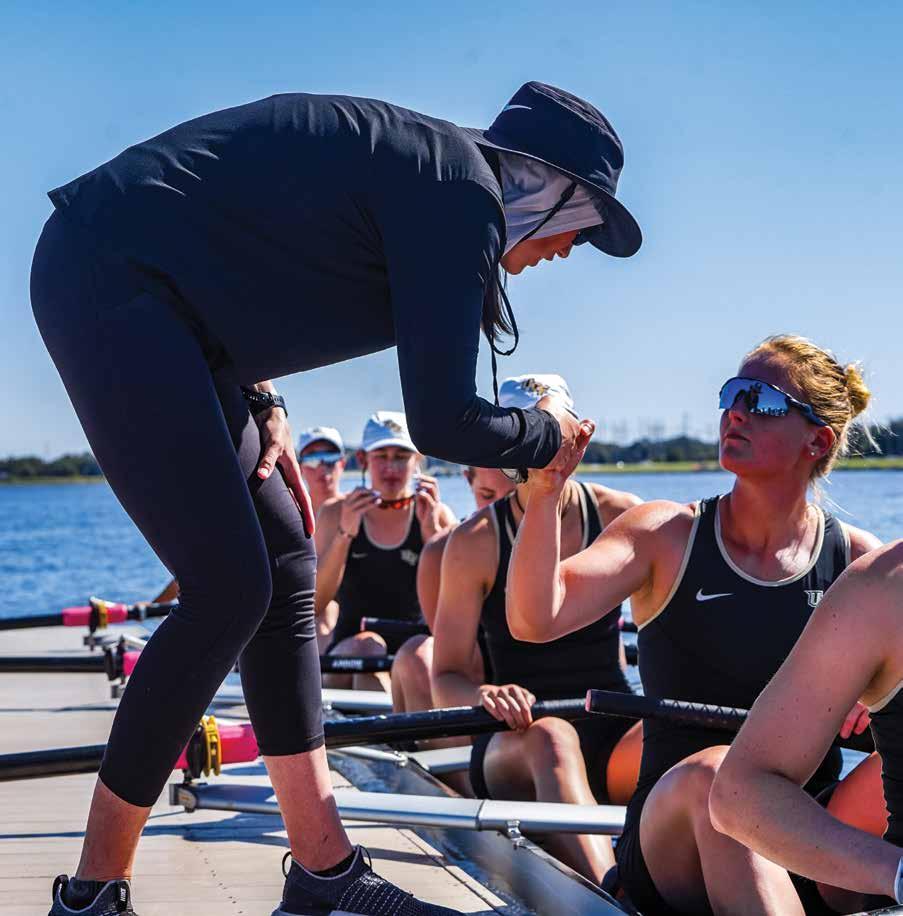
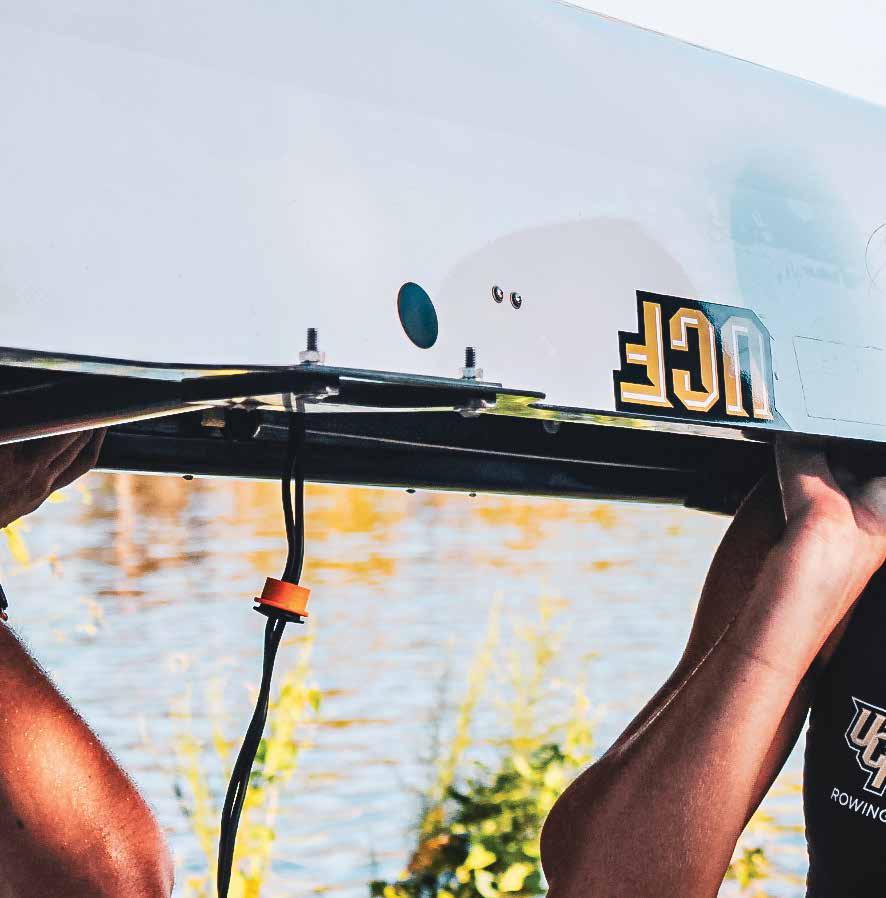


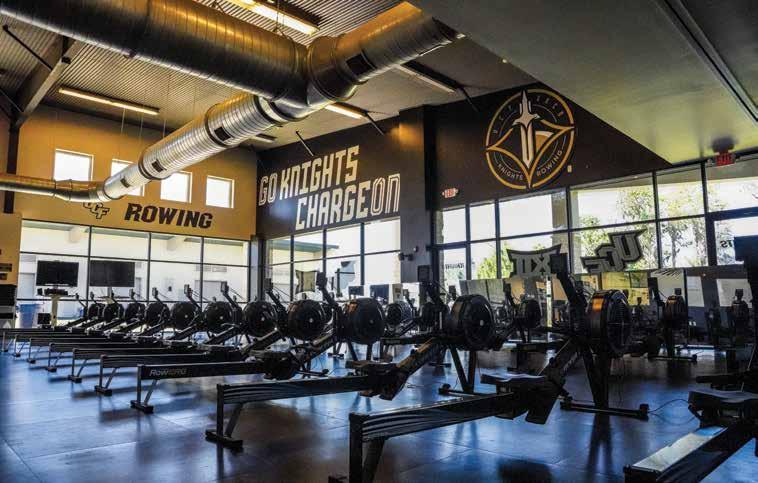
“I’ve known Mara for a really long time and I’ve enjoyed every moment working with her,” said O’Neil, “both way back in the days at Cal as a student-athlete and in the years working with her coaching at Texas.”
At UCF, by contrast, life was not so rosy, as rowers on the women’s team clashed with their coach about training standards. The discord led to the suspension and eventual resignation of Becky Cramer, who had coached at UCF for 20 years, first as an assistant, and then, from 2008 on, as head coach.
During her time in Orlando, Cramer led the Knights to five consecutive NCAAchampionship appearances between 2015 and 2019, but it didn’t end well, and Athletic Director Terry Mohajir, who is also a vice president of the university, made changes to the rowing program as UCF moved from the American Athletic Conference up to the Power Five conference
Big 12—the big leagues of NCAA sports. UCF is serious about athletic success and isn’t shy about describing Mohajir’s job: “hiring coaches who win championships, raising money for first-class athletics facilities and support resources necessary to be nationally competitive.”
Tim Allen served as director of football operations at big-time football schools Kansas, Minnesota, and Michigan State during some of the best years in each program’s history. Mohajir had worked with Allen at Kansas and invited him to join the senior management team at UCF.
“When [legendary football coach] Mark Dantonio retired at Michigan State, Terry asked me if I wanted to come be on his senior management team. I didn’t want to be involved with football any more, so I was here for a couple years, and then last spring Terry made a change in rowing.
“I walked in the day the change happened, and he said, ‘Hey, you want to
be the sport administrator for rowing?’, and I can tell you it’s been one of the great experiences of my life.
“When I started the search, the first thing I did was call some of the top coaches in the country, and one name kept coming up: Mara Allen.”
In the spring, Tim Allen was in Austin visiting family and had lunch with Mara.
“I couldn’t have been more impressed,” recalled Tim. “I thought, ‘Oh my God, this is exactly who we are looking for.’”
But Mara Allen had no plans to leave a place where she was successful and happy. She told Tim she was flattered that he took the time to interview her but there was only “about a five percent chance” she would say goodbye to Texas.
“I walked out and I called Terry [Mojahir] on the phone. I said, ‘Terry, I got some good news and some bad news. The good news is this is exactly who we want. She fits perfectly’” into UCF’s plans
to elevate its rowing program to national prominence.
“The bad news is that I’m not sure she’s interested.”
So Tim Allen continued his search, staying in touch with Mara Allen by text. When she was at nearby Nathan Benderson Park for the USRowing Youth National Championships in June, Allen convinced her and and her husband to visit UCF and it’s fully buoyed 2,000-meter course on a private lake with student-athlete housing that resembles an Olympic Village.
No one would speak on the record about the size of UCF’s offer, but it was described as “life-changing,” while Texas lost Allen by refusing to pony up a raise in the single-digit thousands of dollars.
“We gave her a five-year contract because we want her to know that we are totally committed to her. We’re going to make this work,” said Tim Allen. “To be quite honest, she’s exceeded my expectations, and my expectations were high.”
“What I love about UCF is that it feels like a small athletic department right now that’s in its growth stage,” said Mara Allen.
O’Neil, who fought to keep Mara Allen at Texas, is gracious about Allen’s taking the head-coaching job at UCF.
“She’s a valued friend,” O’Neil said, “and I’m really proud of her and excited to see what she turns the UCF program into.”
“She’s done a great job. She’s hired a really good staff,” said Tim Allen. “They’re aggressive, they’re positive, and they know how to build a team.”
“The same reason that I came to UCF is a reason for any 17-, 18-, or 19-year old to come as well,” Mara Allen said. “We can get in on the ground floor and we’re looking to move up and do great things over the next four or five years.
“We focus a lot on rowing and spending time in boats and spending time on the water. Rowing is the sport. So let’s do that. And then if we do well at that, that is the reward.”
Senior rower Teegan Fookes, who has experienced all the changes at UCF, loves rowing for Allen.
“I cannot speak highly enough of Mara,” Fookes said. “She is not only an incredible coach but also an incredible person. She really cares about us as athletes
and people. She’s so driven, and the culture she brings to the team—enjoying the hard work and being out there—has made UCF an awesome place.
“I’ve definitely seen a huge shift,” said sophomore Tash Voulanas, “to an environment where the athletes on the team strive to improve, to make changes that may not come easily, and to become the best versions of themselves.”
In Allen’s first season, UCF hasn’t shied from competition. The Knights hosted the University of Connecticut and Jacksonville University at home, a victorious start to the season, and then made the first of three short trips to Sarasota’s Nathan Benderson Park to face 15 other Division I programs in the Sunshine State Invitational, finishing second overall.
As this issue went to press, UCF was preparing to return to Benderson to race higher-ranked schools at the Big 10 Invitational and will compete there again in the Big 12 championships. It’s a brutal racing schedule for any team but especially for a first-year, first-time head coach taking over a program emerging from turmoil.
“It’s been a whirlwind,” said Mara Allen. “But we’re getting some things figured out. It’s been good.
“Most of the administrative staff here also were coaches, so everyone above me supporting me understands what my job entails, and that is really special, because at a lot of universities, the administrators have always been administrators.”
UCF began receiving votes in April in the third weekly Pocock CRCA Coaches Poll. If the Knights make it into the top 20, the athletic administration will be “over the moon,” Mara Allen said.
Meanwhile, Allen is dealing with the same challenges as any other coach of young adults.
“We had a team meeting this morning about the fact that words matter. Words are really important—how they talk to each other, how they talk to the trainer, how they talk to me, how they talk about me—all of that matters. Those kinds of life lessons will help them become not only better athletes, I hope, but also better people.”


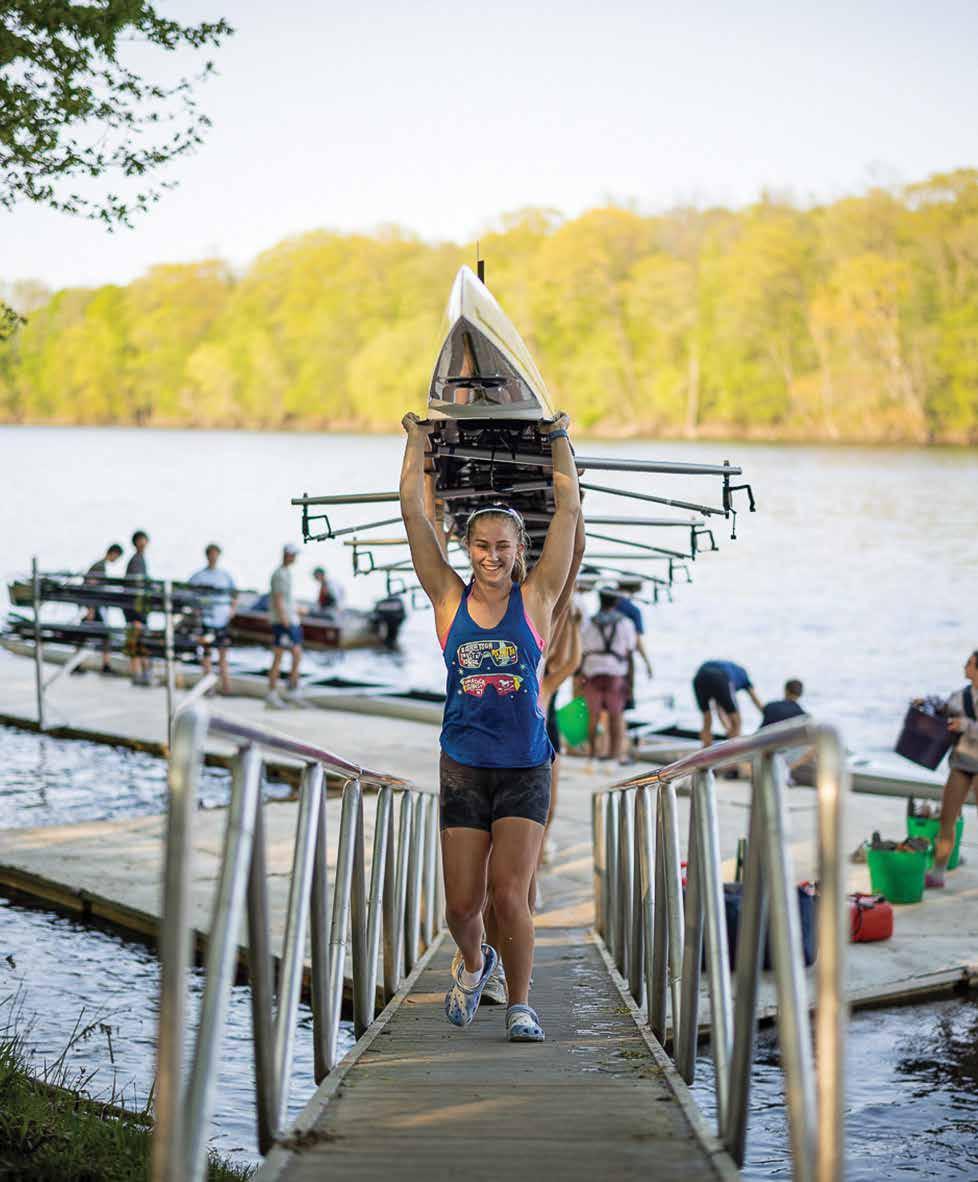
WITH GREAT ATHLETES, GREAT COACHES, AND GREAT SUPPORT, THE EXCLUSIVE NEW ENGLAND PREP SCHOOL SWITCHED TO EIGHTS AND BECAME THE BEST ROWING HIGH SCHOOL IN AMERICA LAST YEAR.
STORY BY CHIP DAVIS PHOTOS COURTESY OF DEERFIELD ACADEMY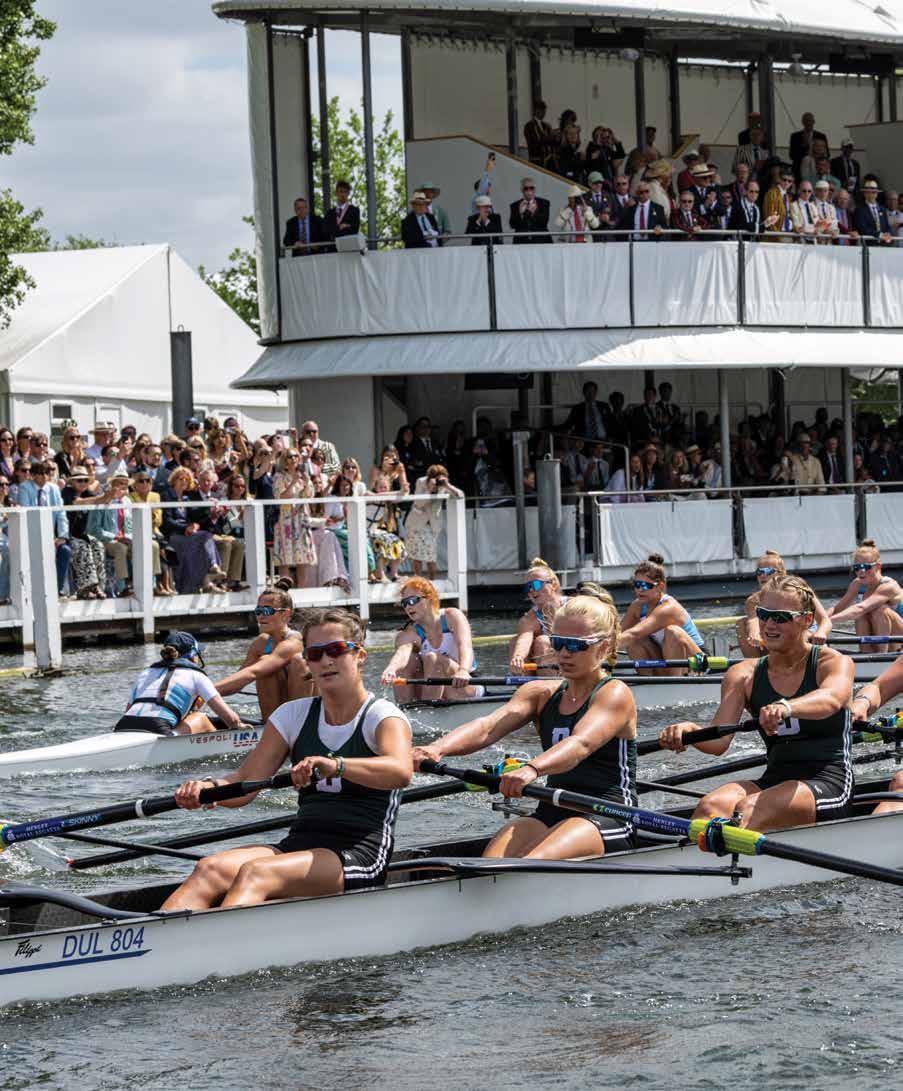
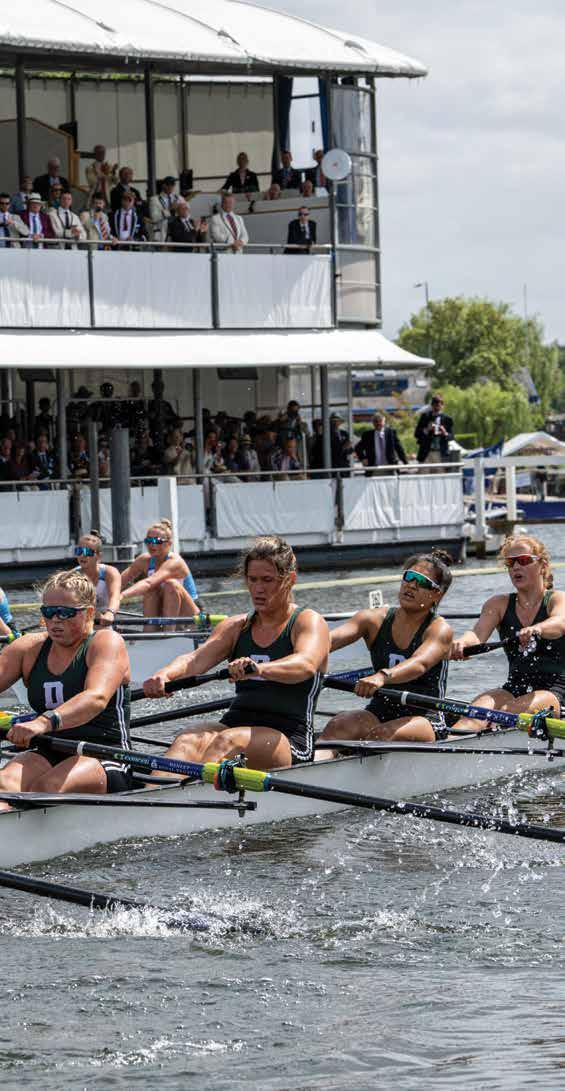
n 2023, Deerfield Academy was the best rowing high school in America, with both the boys and girls varsity eights the top scholastic (non-club) finishers at the 2023 USRowing Youth National Championships (sixth and seventh, respectively, in the A final).
It was the first year student-athletes at the prestigious 227-year old school raced in eights instead of fours, and while success came immediately for Deerfield—both the girls and boys crews won the New England Interscholastic Rowing Association (NEIRA) varsity-eight championships and went on to race at Henley Royal Regatta— success did not come overnight.
It was years in the making, the result of a confluence of the three things behind every top rowing program: great athletes, great coaches, and great support.
Great Athletes
Coach Spencer Washburn downplays his role in the dominant year his boys crews had in 2023.
“We had the right group in place to make the switch.”
A measure of the fierce competitiveness of New England prep-school rowing is the fact that this spring Deerfield has been beaten across the line already by Salisbury School and Philips Academy (Andover), where Spencer and Deerfield’s girls coach Parker Washburn grew up and where their brother, Taylor, is the boys coach.
Their father, Peter Washburn, coached them at Andover, rowed at Syracuse with his two brothers, and also grew up at an elite boarding school—Delaware’s St. Andrew’s School—where his father, Davis Washburn, taught and coached rowing for 40 years.
“The strength of the team begins and ends with the students who choose to participate,” said Parker, giving credit for Deerfield’s historic 2023 season first and foremost to the athletes.
“We had some great leadership. The kids were exceptionally patient and when they had their opportunities they made the most of them.”
As a highly selective boarding school with a strong academic tradition dating to its founding in 1797, Deerfield Academy attracts high-achieving students exclusively. With an endowment of $791 million, the school is able to cover 100 percent of the financial need of everyone admitted.
“We’re rowing, but more broadly, the kids are looking to strive for excellence in all areas of school life,” Spencer said.
In 2023,
In recent years, an increasing number of incoming students are arriving at the western Massachusetts school on the Connecticut River with rowing experience—and high expectations.
“The first year I was here, maybe there were one or two kids who had done any rowing. And now there’s a pretty significant number,” Spencer said. “It injects a level of energy and experience into the program from day one. That’s been fun to see. It’s really different from 10 years ago.”
Deerfield offered club rowing 40 years ago and got serious about varsity rowing with the hiring of accomplished coaches, including but not limited to the Washburns.
“Ten years ago when I got here, I had 28 boys on the roster,” Spencer said. “Last spring, I had 57.”
That kind of growth is great for the depth and impact of a rowing program on a student body, but the experience of athletes suffers if opportunities to race can’t be found for nine boats of rowers and coxswains in coxed fours.
“It got to the point over the past couple of springs where running a fours program with that many kids was a real challenge,” said Spencer.
Parker faced the same challenges with the girls the year before the switch to eights.
“The team was growing. There were 39 girls who wanted to row that year, and getting them on the water consistently and finding great opportunities for them against other fours programs was challenging.
“Certainly there was a lot of success in that season. But it didn’t feel great,” said Parker, that the girls starting out were having a different experience and opportunities to race than the more seasoned girls.
“Last year, we had 46 girls on the team. Providing a positive experience for everybody was challenging as well. We have great kids here. The students are committed to the team, committed to the sport, and committed to their development in a way that makes me feel fortunate.”
Deerfield Academy had a successful history as a fours program, including winning recent NEIRA and Youth National championships.
“I came to interview 11 years ago,”
recalled Spencer. “The then head of school, Margarita Curtis, closed our conversation by saying, ‘I want to be the best high-school program in the country.’ That’s what I walked away with from the conversation: They’re invested in making this not just really good, which is what it was, but even better.
“I like to dig into my dad’s memories about what he had to do [as a boardingschool coach in the past], like drive the bus. We certainly get support in a way he never had.”
Spencer and his wife recruited Parker and his wife from another New England prep school. In addition to coaching rowing together, Spencer’s wife, Megan, and Parker’s wife, Liz, also teach in the science department together.
“As we got to know the school more, our professional priorities aligned really well,” Parker said. “I felt like there was going to be a lot of growth in my own teaching by moving here.
“In talking with Bob Howe, the athletic director, he had high aspirations for the girls team. There was growth happening on the girls side, but perhaps not to the same extent” as the boys, who won their last USRowing Youth National Championship in the coxed four in 2022, before switching to eights.
“It’s been fun,” said Spencer, “from both a working and family standpoint to have them on campus. I’ve got three boys and they’ve got little girls, and my boys love the fact that they have cousins who live right across campus.”
Great Support
When boys coach Spencer Washburn presented the proposal for the New England boarding school to switch to eights, there was good reason, considering the expense and likely headaches, to expect pushback from the administration. Instead, he found support.
The Deerfield CFO’s first question, Spencer recalled: “Is this what’s best for the students?”
“I laid out my thoughts and what we might want to do to get there, and they’ve done it.”
Deerfield is one of a few high schools to have moving-water indoor rowing tanks, part of a new athletic complex that includes an ice hockey rink, indoor track, and turf field.

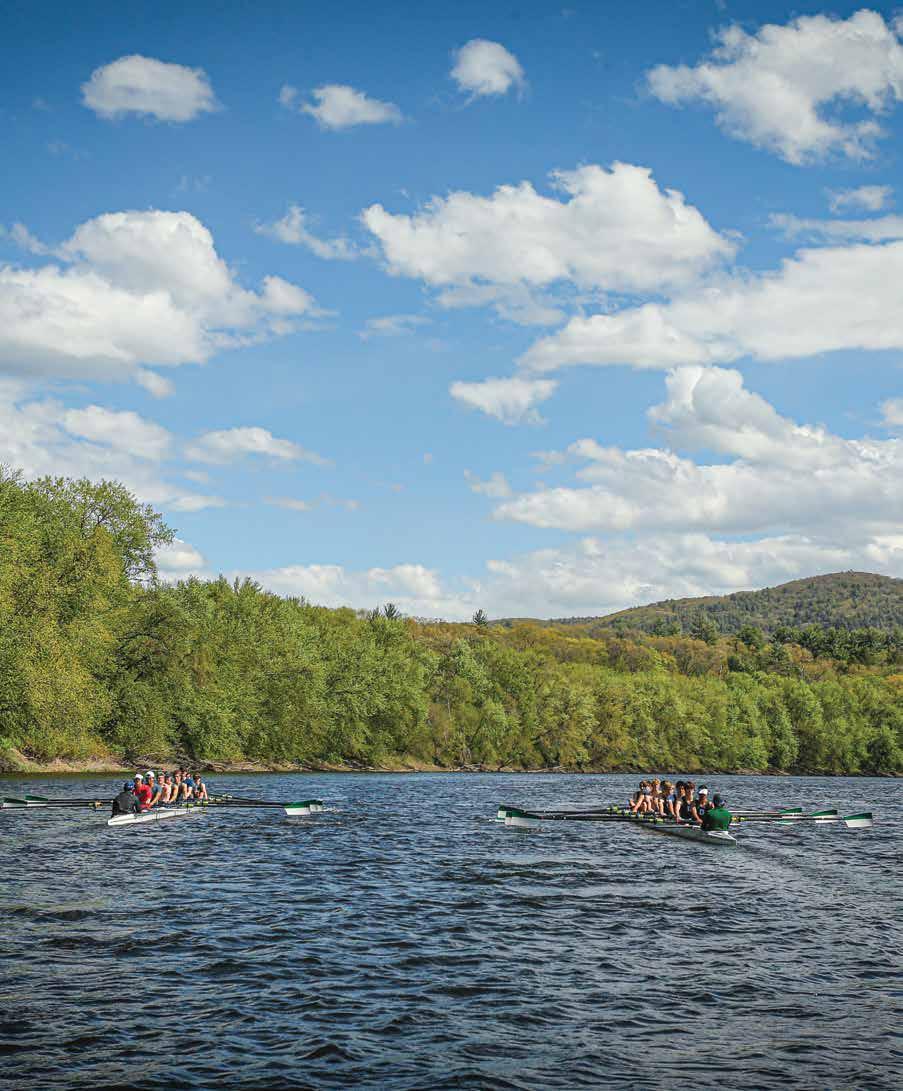

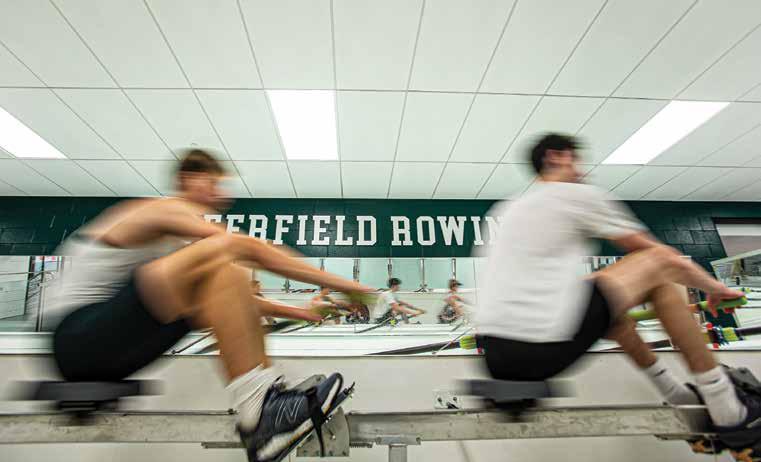
“They went through and asked all the coaches, ‘What do you want? You guys want an erg room, right?’ I said, ‘No, we can put ergs anywhere,’” Spencer said. What the rowing program wanted, and got, were tanks.
“It just pops as a facility to walk through that place. We’ve got kids in there taking their first strokes to kids who are heading off to college, and it’s useful to all of them. It’s been a great piece of equipment to have at our disposal.”
Deerfield goes to Florida to train in the second week of its two-week spring break, which gets the New England school on the water—something the weather kept them from doing every day when they got back this year.
Deerfield also benefits from extraordinary support from parents.
“Every year, we have a group of parents who ask, ‘How can we support this program? How can we support the
experience of our students?’” said Spencer. Despite having the children of Olympians and other accomplished rowing parents on the team, the Deerfield coaches haven’t experienced the kind of meddling common in youth sports today.
“The parents have been exceptionally supportive, not just of the team, but of their children in terms of having a good perspective on what’s important,” Parker said.
Even though Deerfield is a prep school, as in preparing students for college, Parker says there’s no emphasis on college recruitment.
“If they’re interested in rowing in college, I’m happy for them to engage in the recruitment process. But what I tell the students is, I’m here to support them, but it’s their process to own. Conversations are about what schools—not necessarily what rowing programs—but what schools are you most interested in.”
Having successfully transitioned to eights rowing in the spring, is sculling in the fall next for Deerfield?
“That’s actually a conversation that I’ve begun with our director,” said Spencer. “We don’t want kids rowing from September to June. We feel great about the fact that our kids are not rowing year-round, that they are involved meaningfully in other things on campus, whether it be other sports or theater or student government.
“But we also look at the rowing landscape, and sculling and small-boat rowing are becoming an important part of both preparation for college and becoming a better, more complete rower.”
For Parker Washburn, who rowed at Andover, Harvard, and Craftbury’s Green Racing Project, Deerfield is proving to be a complete place already.
“I’ve been fortunate to have the opportunity to row under some great coaches and with some great teammates. I feel like this is another one of those places where we strive for excellence not only in rowing but in everything really.”
Deerfield added a fleet of eights to the Hammerschlag Family Boathouse for the 2023 spring season.AFTER THE AGONY OF OLYMPIC SELECTION, THE HEAD COACH OF THE USROWING TRAINING CENTER-PRINCETON IS CONFIDENT THE PROCESS YIELDED THE 12 BEST ATHLETES. “WE JUST HAVE TO MAKE SURE WE DON’T MESS IT UP.”
PHOTO BY INTERSPORT IMAGESUSRowing named Jesse Foglia head coach of the USRowing Training Center-Princeton at the end of 2022 after multiple stints as a National Team coach on the U19 and U23 levels. He’s responsible for the U.S. women’s Olympic eight and straight four that will race in Europe at a World Rowing Cup before the Paris Olympic regatta, July 27 to Aug. 4.
Foglia has coached at Fox Chapel High School, Three Rivers Rowing Association, Bates College, Harvard University, and the U.S. U19 and U23 National Teams. Rowing News sat down with him at the end of Olympic selection camp in Sarasota, Fla., just as the 12 rowers and one coxswain who will make up the eight and four for Paris were selected.
Rowing News: You’ve been a junior coach and a collegiate coach. Now you’re an Olympic coach.
The last three weeks of this process were three of the most challenging emotionally that I’ve ever dealt with in coaching. I love my job. I love the athletes I work with, whether they’re based in
Princeton [USRowing’s main training center] or a group we brought in from outside. My job is to create a process that eliminates individuals from the thing for which they’ve been working for eight or nine years. I don’t take that lightly.
To sit down in front of someone and tell them that that path has ended for now is really challenging. At the junior level, when you’re cutting kids, you can always point them to the next level, like U23, or you can say, “You can come back; you have [remaining] eligibility.” And at the college level, you take someone from the varsity and put them in the JV.
I wish we could send two boats to the Olympics in each event. And the reality is that they’d probably do reasonably well with the group that we have right now. There was nothing easy about getting to the point we are now—the human and the physical piece of recognizing that for some people this is the closing of a door for something they’ve worked incredibly hard for.
Rowing News: What was your favorite boat in your coaching career?
There were two that I remember definitively, and it’s kind of funny because it’s the same people who make it up, my first two international campaigns at the under-19 level.
The first international campaign I did was in 2015, which was the Olympic test event for Rio. That group was Pieter Quinton, who is now in the men’s eight, Michael Cuellar, who is no longer rowing, Paul Turina, who went on to Washington, and Piers Deeth-Stehlin, who rowed at Harvard. That was the first international campaign I ever did.
Then the next year, I coached the four again, which was in Rotterdam. They got bronze in a really tight race with the Serbians—it was blisteringly fast.
I have special memories of the women’s four from this past summer. They ended a solid season with a fantastic race at the World Cup. [The U.S. crew of Molly Bruggeman, Kelsey Reelick, Madeleine Wanamaker, and Claire Collins won World Rowing Cup II in Varese, Italy.]
I have a long track record of silver medals—something like seven in a row in international racing. I know it was a World
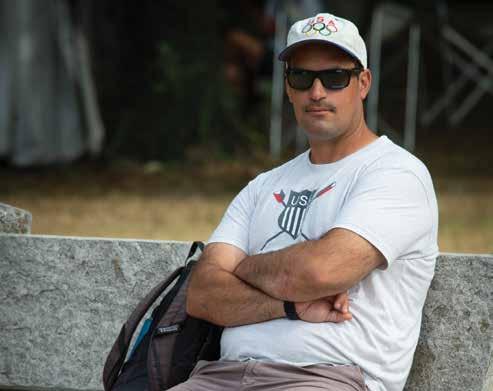
Cup, but it was the first time we’d won. That was a pretty special moment. It felt like, “We’re doing the right stuff; we’re on the right path.”
I spent the first 10 years of my coaching career trying to figure out if I could do it, if I could find a way to be a coach. I haven’t had the most traditional path. I wasn’t a collegiate rower, and my high-school rowing career was positive but mediocre.
I spent a lot of time coaching high school and then club and got my first job at Division 3 when Peter Steenstra at Bates gave me a shot. He had no real reason to give me that job. But he paid me $8,000 a year and gave me a free place to sleep, and I moved to Maine. That was a big turning point
Financially, I was like, “I can’t live on this forever, but if he’s willing to give me a shot, maybe I can make this more professional.” I was always just trying to get the next job, and now here I am.
Rowing News: Would you recommend it to a 23-year-old?
Absolutely. I wouldn’t change a thing.
Rowing News: Can you see yourself overseas someday? Coaching somewhere else?
I don’t think so. I love the U.S. of A. I have family here. There would have to be something incredibly lucrative or appealing about going somewhere else. I have a lot of pride in having worked with all the levels—U19, U23, and now the seniors. It’s been bred into me—this idea that we have the athletes to be successful; we just have to continue to develop them. So I don’t see myself going anywhere any time soon.
Rowing News: What’s your general take on the crews?
It’s hard to comment specifically on individual crews at the moment because we haven’t gotten to the point where if you held a gun to my head and asked, “What’s the best eight?” or “What’s the best four?” I could say definitively. I feel confident that by the end of the process we had selected the best 12 athletes.
We’ve had some eights and fours that have shown strong international speed, but at the moment I can’t say “The four looks great” or “They need some work” or anything like that because we haven’t gotten to that point yet.
With selection camp wrapped up, these boats don’t have to go through Olympic trials. They don’t have to qualify; they made it on the strength of their World
Championship performance last year. So we’re going to give them a week to disperse, to see friends, family, loved ones, re-center themselves, though they’ll still have some training to do.
The last 12 weeks have been a significant push physically and emotionally. We’ve been on the road for a good chunk of that—in Colorado Springs, here in Florida preparing for winter speed order, a two-week break, then selection.
So I want to give them a chance to come down from that emotionally and re-ground themselves, and then we’ll meet at the training center in Princeton. From there, we’ll probably spend about three or four weeks returning to what I would call basic training, a lot of lower intensity, some AT [anaerobic threshold] work, but a step back from the heavy work of selection.
At that point, we’ll begin to investigate what our options and opportunities are more vigorously: With these 12, how can we make the most competitive boats possible?
Rowing News: And you have that luxury because of last year’s success?
Yes, we have that luxury because we have 12 really good people. You saw the results from the speed order. It was pretty frickin’ competitive on all levels.
Rowing News: What are your expectations for the racing in Europe this summer before the Olympics?
The expectation always is to go and have a race that is indicative of what you feel like you’ve shown on a day-to-day basis in training. We’re going to use it as an opportunity to learn. From speaking to athletes who came out of the last cycle, when we were in a global pandemic, I know they felt impacted by not having the chance to race before the Olympics.
So we’ll probably send everybody down the track twice, double up some athletes in different events. To sit on the start line, to hear other nations called, the chance to go down 2,000 meters—that’s valuable experience regardless of boat class and what seat you’re sitting in.
Coming out of that, it gives us a starting point of “We’re in the conversation” or “We still have eight weeks to make some significant changes and find more speed” or “We’re in a good spot.”
Now we just have to make sure we don’t mess it up.

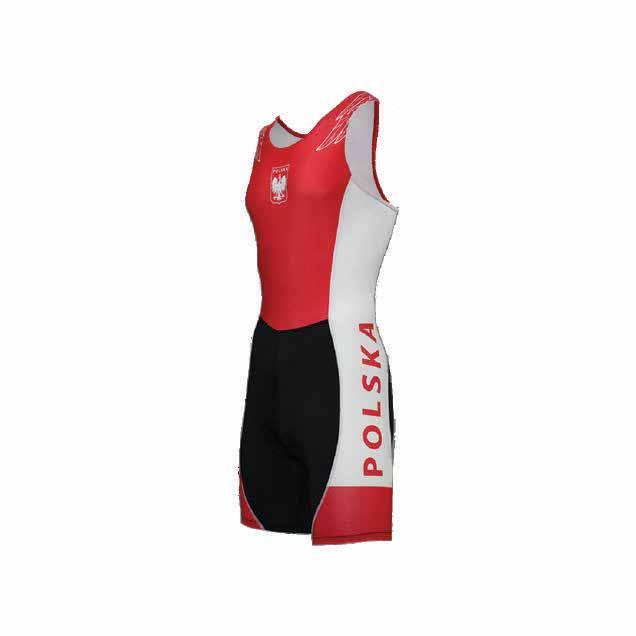
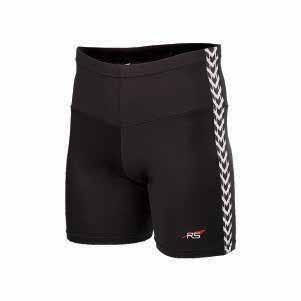
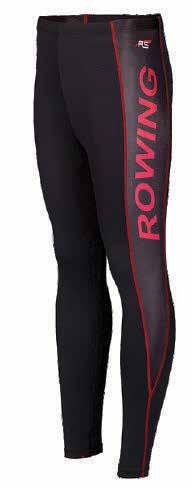
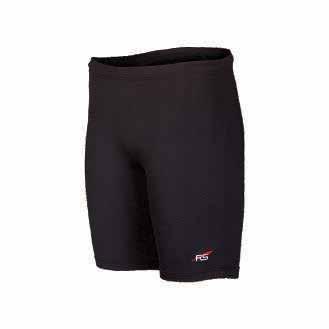
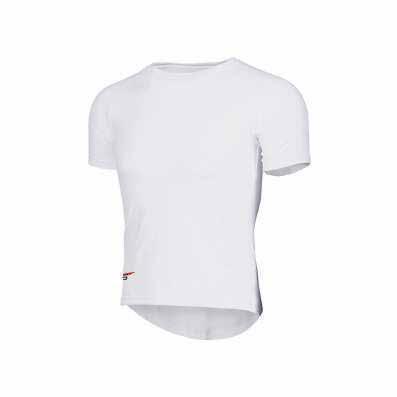
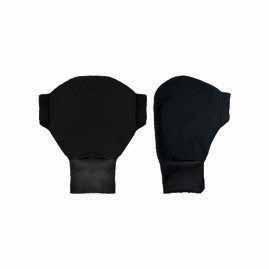
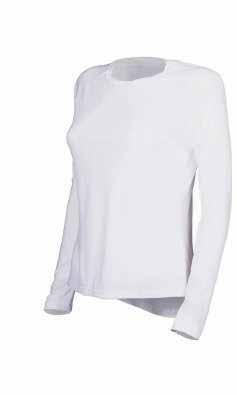



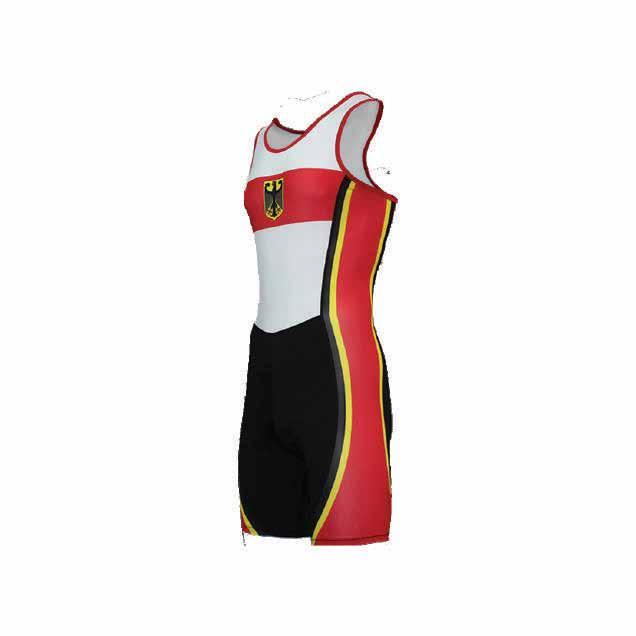



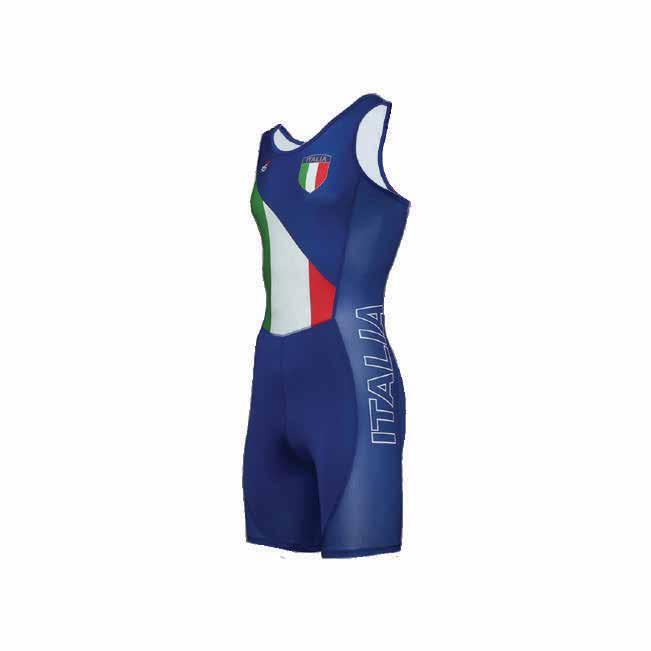
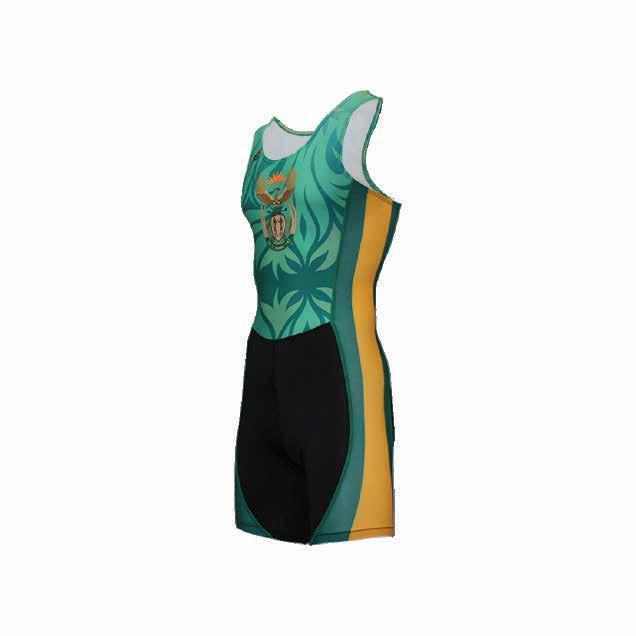
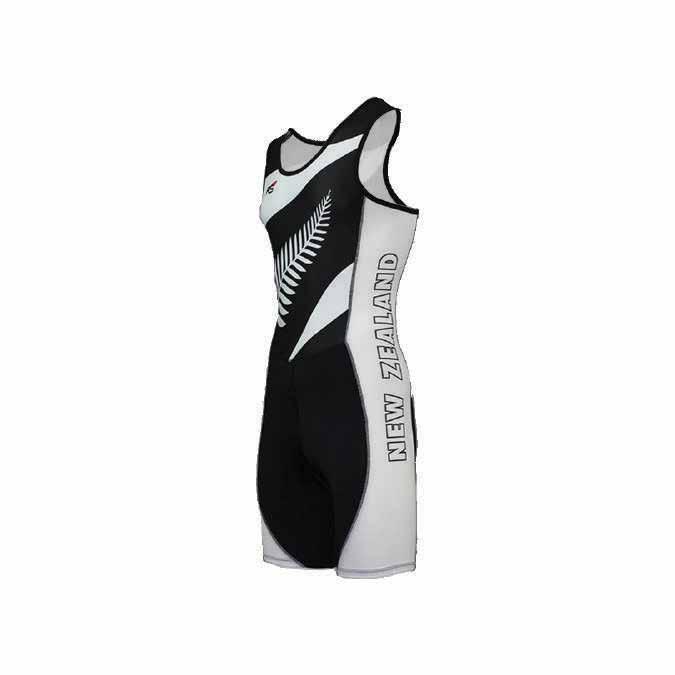
The Rowing Catalog
PERFORMANCE FABRIC SHIRTS
ALL AVAILABLE WITH YOUR TEAM LOGO AT NO EXTRA CHARGE (MINIMUM 12)
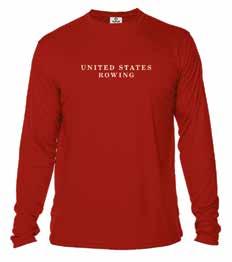
UNITED STATES ROWING UV
VAPOR LONG SLEEVE $40
WHITE/OARLOCK ON BACK
NAVY/CROSSED OARS ON BACK
RED/CROSSED OARS ON BACK
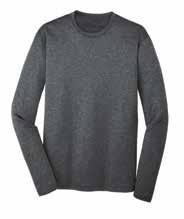
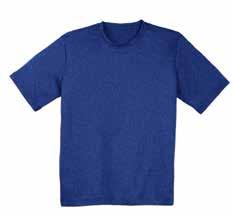

Order any 12 performance shirts, hooded sweatshirts, or sweatpants and email your logo to teamorders@rowingcatalog.com and get your items with your logo at no additional cost!
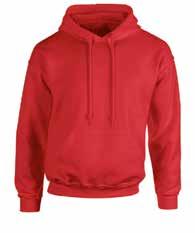
 PERFORMANCE TANKS
PERFORMANCE T-SHIRTS SWEATPANTS
PERFORMANCE LONG SLEEVES
HOODED SWEATSHIRTS
PERFORMANCE TANKS
PERFORMANCE T-SHIRTS SWEATPANTS
PERFORMANCE LONG SLEEVES
HOODED SWEATSHIRTS

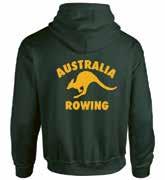
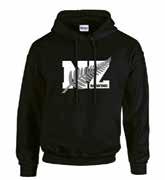

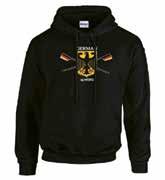
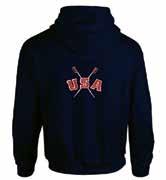
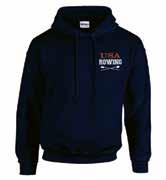
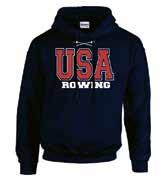

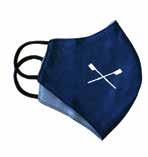
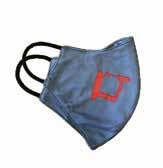


Once again, Swing is looking for college undergraduates interested in a summer spent on the front lines of venture capital, entrepreneurship, and business building. You will be sent to fetch zero coffees, ever.
info@swing.ventures | www.swing.ventures
Interns will be based remotely, and applicants from all timezones are encouraged to apply.
An early stage venture capital fund dedicated to supporting innovation and high-impact entrepreneurs, Swing Ventures has invested across an array of industries and models including financial and health technology, consumer hardware, and e-commerce. Swing is deeply networked and well-positioned to help businesses at a variety of life stages.
info@swing.ventures
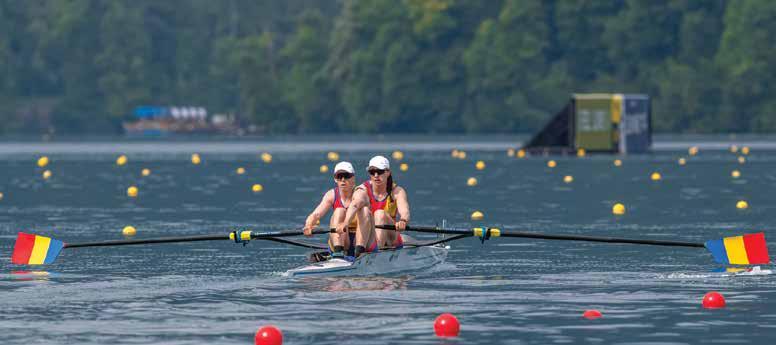
Modern rowing blades generate enormous wind resistance, so it behooves us to keep the attack surface as small as possible.
Air resistance plays a significant role in slowing down our progress on the water. Even a tailwind makes no difference. By the time the wind is strong enough for propulsion, we are long off the water for safety’s sake. Practically speaking, there’s no occasion when it’s advantageous to increase the wind’s area of attack on our rowing blades.
Modern rowing blades generate enormous wind resistance, so it behooves us to keep the attack surface as small as possible. To achieve this, we turn our blades flat during recovery and try to keep them feathered for as long as possible. Similarly, we square the blades as late as possible, expose a fully squared blade to the oncoming airflow as briefly as possible, and enter it into the water as quickly as possible after the catch position.
Squaring the blade just as it reaches the catch position is ideal. If the blade is not square completely at the start of the entry, we lose some length of the drive. The squaring movement should be carried out as
quickly as possible with a flick of the oar. Sleeves and oarlocks are designed so that the flat sides indicating the feathered and squared positions are adjacent. Turning your oars from one position to the other is made easier by the modern materials of sleeves and oarlocks. Learn to feel these positions by keeping your hands relaxed as you hold your oars so you can locate them with the aid of gravity.
Squaring was more difficult in the days of heavy wooden oars, leather sleeves, and brass oarlocks. Not only did squaring the blades require more force but also it was more difficult to feel the position of the sleeve in the oarlock since the crosssectional shape of the shafts was more like a semicircle, with only one contour that was flat. Because squaring the blades required more effort and was more delicate, it took more time, which is why rowers of yore began squaring earlier.
New designs and materials have made everything so much easier and faster that the squaring movement has become a
“flick catch”—short, decisive, and wellcoordinated. Since the rotation of a modern oar in the oarlock calls for very little torque, it’s more a matter of skill than strength.
To square the blade smoothly, quickly, and effortlessly requires plenty of practice. Beginners often struggle, since so many individual movements overlap and need to be timed perfectly. To develop a feel, slow down and stretch out the movement so that coordinating its phases becomes easier. Many coaches advise rowing novices to “start squaring when your hands pass your feet” or to “make sure you finish squaring before you reach the catch position.”
Your blades can’t be squared correctly, of course, unless the movements that precede it also are executed correctly. Without a clean release and complete control, excellent balance, and perfect hand position during recovery, it will be impossible to square your blades so they enter the water flawlessly. VOLKER
NOLTE
If you’re a coffee drinker, enjoy your morning brew guilt-free. As an athlete, learn the best way to use coffee and caffeine as a performance enhancer.
For millions of rowers around the globe, coffee can be enjoyed guiltfree as part of a healthy sports diet, I’m pleased to announce.
Coffee contains nutrient-dense plant compounds called phytochemicals that promote health and offer strong antioxidant and anti-inflammatory properties. Studies suggest coffee also can improve heart health.
That said, high intake of coffee and caffeine can trigger pre-existing cardiovascular conditions, such as atrial fibrillation. And, needless to say, coffee brimming with sugar, flavorings, cream, and coffee whitener is not a part of this conversation.
Scientifically speaking, coffee and caffeine are two different substances. Caffeine is pure and comes in standardized doses (such as NoDoz, caffeinated chewing gum, caffeinated sports gels). The average American consumes 165 to 230 milligrams of caffeine a day—the amount more or less in two small (eight-ounce) cups of coffee or a 16-ounce Starbucks Grande.
The caffeine content of coffee varies according to the type of bean and how it’s roasted, ground, and brewed. An analysis of 20 commercial espressos showed the caffeine content was inconsistent and ranged between 50 to 320 milligrams per eight-ounce serving. The FDA’s
recommended limit is 400 milligrams of caffeine a day.
Although coffee is the most popular form of caffeine, other sources include:
Tea: 30 to 50 mgs. caffeine/8 oz.
Cola: 30 to 40 gm./12-oz. can
Energy drinks: 100 mg./12-oz. can Red Bull
Energy bars: 80 mg./Verb Energy Bar
Electrolyte tablets: 40 mg./tablet Nuun Sport + Caffeine
Caffeinated chewing gum: 100mg./ piece Rev Energy Gum
Caffeine appears quickly in the blood (within five to 45 minutes after ingestion). Its impact generally peaks within 15 to 120 minutes, and the boost can last for about four to six hours. By that time, half the caffeine has been metabolized by the liver. By 10 hours, caffeine generally will have been cleared from the bloodstream completely.
Caffeine’s impact varies widely from person to person, depending on genes that influence its breakdown. Rowers who are fast metabolizers of caffeine get an immediate boost. Others who are slow metabolizers will notice less of an impact. Pay attention to how your body responds.
For rowers who feel anxious before a race, pre-exercise caffeine can increase jitters and nervousness. A better time to consume caffeine to enhance performance
is when you begin to feel tired (as opposed to taking it an hour pre-exercise). Delaying caffeine use until the onset of fatigue gives a welcome boost. Caffeinated gels, sports drinks, or sports chewing gums are popular energizers during endurance rows.
Since most rowers know that coffee and caffeine can make a workout seem easier, I’ll address other questions about this beloved morning wake-me-up-er and prized afternoon energizer.
Do habitual coffee drinkers get the same performance benefits as nonusers?
Yes. If you habitually drink coffee every day, you may need a higher dose of performance-enhancing caffeine than a coffee abstainer. A proposed dose is about: 1 to 2 mg./lb. (2 to 5 mg. /kg.) for nonusers
1.5 to 3 mg./lb. (3 to 6 mg./kg.) for average coffee drinkers
3 to 4.5 mg./lb. (7 to 10 mg./kg.). for heavy coffee drinkers.
For a 150-lb rower, this ranges widely between 150 to 450 milligrams per dose.
The days before your event, there’s no need to stop drinking coffee; you’ll simply suffer through withdrawal symptoms like headaches. You won’t get an added boost from abstinence followed by an event-day jolt of caffeine.
How much is too much coffee or caffeine?
The FDA’s suggested 400 milligrams of caffeine per day is a safe dose for most adults. That’s the amount in about four eight-ounce cups (32 ounces) of coffee, 10 cans of cola, or four 12-ounce cans of Red Bull. If you’re pregnant, abstaining from coffee will minimize the risk of miscarriage or other negative outcomes. A toxic amount is 1,200 milligrams of caffeine taken in one dose—unlikely to happen, but not impossible.
Do coffee and caffeine work for every type of athlete?
Yes, caffeine can help males and females, sprinters and endurance athletes, power athletes and teams—effectively and equally. Athletes have sought to harness the benefits of caffeine for more than 100 years. It improves both physical and mental performance and increases arousal, alertness, vigilance, and mood. It reduces the perception of pain and can make a tough workout seem a lot easier. That said, caffeine’s effectiveness is variable. The response is weaker for some athletes and
FUELstronger for others, depending on genetic makeup.
The suggested performance-enhancing dose is between 1.5 to 3 mg./lb. (3 to 6 mg./ kg.). That equates to roughly 200 to 400 milligrams for a 150-pound (68 kilograms) rower. That said, rowers should experiment during training to learn the right dose, timing, and source of caffeine for their body. Perhaps a sip of morning coffee does the job. Or maybe you benefit from a few pieces of caffeinated gum during a long erg session. Whatever you do, don’t overdo it. More is not better, and you want to be able to sleep that night.
Is coffee dehydrating when taken during exercise or when consumed throughout the day?
No. Caffeine is not a diuretic. Drinking coffee does not lead to dehydration. A study involving 50 habitual male coffee drinkers who consumed coffee with about 300 milligrams of caffeine four times a day showed no difference in urine output compared to when they drank the same amount of plain water. That means you can count coffee as water, even when exercising in the heat. It replaces sweat losses and contributes to the daily recommended eight glasses of water a day.
Many rowers believe coffee has a diuretic effect because, after having consumed a mugful of coffee, they need to visit the bathroom. While they might need to pee sooner than if they had consumed plain water, in 24 hours they won’t pee more than they consumed (unless they ingest very high doses of caffeine (more than 6 mg./kg. or 500 mg./dose). By that point, they would likely feel yucky and jittery.
The bottom line
If you’re a coffee drinker, please enjoy your morning brew guilt-free (as long as it’s not loaded with cream and sugar). As an athlete, you may want to learn the optimal way to use coffee and caffeine as a performance enhancer. That said, no amount of caffeine will compensate for inadequate sleep and an irresponsible sports diet.
Fuel wisely, sleep well, train appropriately, and then add some caffeine, if desired.



For a strong performance at away races, the key is thorough preparation.
As the racing season progresses, coxswains need to be ready to lead their teams confidently while they’re on the road. Thorough preparation is key to a strong performance at away races.
The first part of preparation is knowledge. Before you arrive, be sure to familiarize yourself with the regatta site. Go over the practice and race-day traffic patterns. It’s best to think through things carefully to ensure you can ask any questions before you’re out on the water. Remember that not knowing the traffic patterns can jeopardize the safety of your crew and the fairness of racing. If you encounter a situation on the water that you can’t handle alone confidently, try to find a referee or coach to help.
Pay attention during the coaches and coxswains meeting and make sure you know the rules of racing, including breakage zones and guidelines about when and how to lodge a protest. At championship-level and late-season regattas, it’s also best practice to read the entry packet. It can be helpful to know what to anticipate at the launch site or in case of inclement weather or a change in the racing.
When you arrive at the venue, take a few minutes during loading and rigging to head to the launch docks and survey the course. In a tightly packed boatyard, this can help you plan how you’re going to maneuver the boat and match the trafficpattern map to real life.
The second element before you leave is physical preparation. Besides getting a good night’s sleep and good nutrition, you’ll need to bring the right gear. Packing lists streamline regatta travel and help you learn from previous equipment-related mistakes.
Make sure you have your CoxBox, headset, chargers, and any GPS devices and accoutrements packed, and check with your coach to coordinate whether these items travel with you or on a trailer. Remember that cold travel days in a trailer can be tough on batteries, so speak to your coach about a plan to keep things charged. If you carry weight in the boat, make sure to put that in your trailer as well so you don’t have to lug it around in a suitcase.
If you’re flying, pay attention to airline restrictions on wrench size. You don’t want your precious 10-mm. ratchet wrenches taken away at security! It’s helpful to have a bigger bag of tools for all boat types in
your program and then a smaller bag of tools and spare parts for on-the-water fixes for your racing shell. You don’t need to get complicated; a Ziploc with some mini wrenches and spare hardware popped into a belt bag or dry bag will do fine.
Make sure you have the proper clothing to race in your school’s colors in any weather. Check the forecast before departure and come prepared for a variety of conditions. You want to be focused on your race, not your cold fingers and toes. If your crew is the type to throw you in at the venue, a spare towel can make a bus ride home magnitudes more comfortable. Always bring rain gear and a wristwatch.
If you’ve done all this preparation, race day is the fun part. Remember your cox box, wear your team kit proudly, and make sure you’re at the start line on time. Opportunities to line up on a course are few and far between, so don’t forget to enjoy the moment with your teammates.
HANNAH WOODRUFF
Kris Korzeniowski has coached at 11 Olympic Games and is the most knowledgeable and experienced international coach in the country. If he calls you “my dear friend,” lean in and listen.
Over the past 40 years, Kris Korzeniowski has contributed more to USRowing’s high-performance program and international racing than any other coach. He’s the most knowledgeable and experienced international coach in the country, having coached at 11 Olympic Games. Kris is the person elite coaches call when they need advice. Lori Dauphiny, Tom Terhaar, Mike Teti, Josy Verdonkschot—all turn to Kris for help, and he shares his expertise generously.
Last summer, I had the privilege of assisting Kris coach the men’s quadruple sculls before and during the Senior World Championships. I enjoyed a master class with the master. Here’s some of what I saw in his coaching that all competitive coaches would do well to emulate.
Kris cares deeply. He holds himself to an incredibly high standard and believes that athletes deserve the best a coach can give. He
knows that coaches will get the best from their athletes only if they give them their best. When speaking to athletes, he makes each one feel as if he or she is the only person in the world he cares about. Kris knows the end result doesn’t need to be perfect, but it needs to be the best we can achieve. Athletes respond to this intensity. Kris commands respect by showing he cares and that he’ll do almost anything to make rowers better and the boat faster.
Kris prepares for practice. He thinks about what he wants to accomplish and how best to do so. He produces a written practice plan, like basketball, football, and soccer coaches but few rowing coaches. And he arrives early. He’s always on site when the athletes show up. They learn to expect this, and it builds trust and confidence.
Kris believes firmly that competitive athletes don’t want a cheerleader when
they need a coach. If it’s wrong, he tells them it’s wrong. No sugarcoating. Plenty of Olympians have been on the receiving end of Kris’s honesty. Some have even been told that their rowing is “a national tragedy.” As long as competitive athletes see you care for them, they can take the criticism. If you don’t care enough to correct them, they will never know their errors and discover how good they can be.
Kris has an insatiable curiosity and is a perpetual student. In Italy before Worlds, he observed the Irish and Australian teams who trained on the same lake, as did most of us. But he was the only one who watched also the local club coaches instruct novices on the chance he’d learn a new way to teach. He goes down YouTube rabbit holes with an eye to what other sports do and how he might transfer their knowledge and methods to rowing. He knows that other sports can teach rowers a lot if we’re curious enough to look.
In 40 years, Kris has adapted to new circumstances, technologies, and information. When telemetry was introduced, he initially questioned “laptop coaches” (coaches who collect data on their laptops to coach). Now, he consults telemetry data eagerly to inform his coaching. What really sets Kris apart is how he adjusts and adapts to new athletes with new needs. He tailors his approach to the athlete rather than expecting all athletes to accommodate his way of doing things. Additionally, when one approach isn’t working, he’ll change course and try a new one. He admits his missteps, pivots, and moves forward to find what fits the crew.
Kris focuses relentlessly on what’s most important. He searches for “the limiting factor”—the one thing that if changed will produce the biggest speed gain. He doesn’t let himself get distracted until he’s addressed and corrected what matters most. He won’t flirt around playing technique Whac-AMole. It seems so obvious, but this approach, this skill, is rare in rowing coaches.
Kris is a gifted coach and generous teacher. Try to meet him, and when you do, if he calls you “my dear friend,” lean in and listen.
BILL MANNING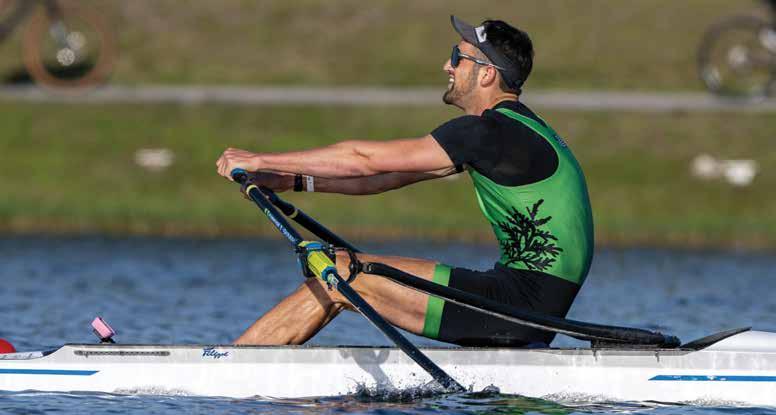
Movement flaws strain tendons and ligaments and cause fatigue, which can be compounded by rowing and racing.
Back pain and injury occur too frequently in rowing. In his book The Back Mechanic, Stuart McGill, a world leader in spine research and rehabilitation, addresses the concept of spine hygiene—the daily upkeep of your back, including your recovery exercise routine as well as changing the way you move throughout the day.
Movement flaws strain tendons and ligaments and cause fatigue, which can be compounded by rowing and racing. By incorporating improved mechanics into the activities of daily living off the water, athletes can protect their spines from unnecessary fatigue.
Here are some suggestions for reducing back strain:
When sitting, avoid slouching and sit in a way that maintains the back’s
neutral curves. Use a lumbar pad to support the natural curve of the low back. This is especially important when sitting early in the morning.
When standing, avoid folding your arms across your chest, which increases the load on your back muscles. Instead, stand with your hands clasped behind your back to reduce muscle activity.
When bending to pick up something on the floor or to unload the dishwasher, avoid flexing your spine. Instead, use the golfer’s lift, which involves moving from your hips, not your back. Bend at your hips and move your upper body forward while keeping your back flat as you reach for the floor. For balance, extend your opposite leg behind you as a counterweight. You may hold a chair or counter for support.
Hinge at your hips when brushing your
teeth or unloading the washing machine. When pushing or pulling a heavy door, the pathway of your hand should aim for your navel, either a direct line toward or away from the center of your core.
Similarly, tie your shoes in a way that respects the principles of spine hygiene. Put one foot on a bench or stair, then move through your hips toward the elevated foot—a small lunge without any strain rather than reaching forward with your back.
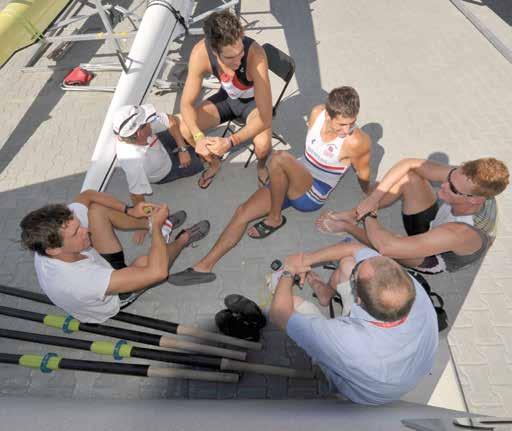
Create a welcoming environment for rowers of all kinds and help young people find their own voices by not taking a stand.
Apriority of any coach or program should be to cultivate a welcoming environment. Rowing ought to be a sport where people of all kinds can find a seat in the boat as long as they want to do the work.
It has become common for all sorts of organizations and institutions to “take a stand” on any number of issues—from the murder of George Floyd to the IsraelHamas war. Text-only Instagram posts and statements on websites declare where a company, university, or sports team stands on the matter. This includes rowing teams and boathouses.
No matter how well intended, this practice excludes inherently those who oppose the position. The righteousness of the stance aside, it also creates the
expectation that once an organization comments on one issue it must comment on all, lest silence be misconstrued as acquiescence.
It’s time for those of us in positions of power to explore how to create a place for open, respectful inquiry while fostering in our athletes a sense of self.
In 1967, against the backdrop of student protests against the Vietnam War, the University of Chicago adopted a policy of “institutional neutrality” that was formalized in the Kalven Report. The product of a faculty committee led by First Amendment scholar Henry Kalven, it states:
“The mission of the university is the discovery, improvement, and dissemination of knowledge. . . . To perform its mission
in the society, a university must sustain an extraordinary environment of freedom of inquiry and maintain an independence from political fashions, passions, and pressures. . . . A university, if it is to be true to its faith in intellectual inquiry, must embrace, be hospitable to, and encourage the widest diversity of views within its own community.”
It’s time for those of us in positions of power to explore how to create a place for open, respectful inquiry while fostering in our athletes a sense of self.
Stanford, Columbia, and the University of North Carolina have adopted similar policies, and faculty groups at Yale, Harvard, and the University of Pennsylvania are pushing their administrations to follow suit.
This is not a perfect solution, and institutional neutrality has its limits. Not all beliefs and opinions can be entertained while maintaining an environment that is safe and respectful. A university can refrain from releasing statements on racist acts across the country and still oppose racism vigorously on its own campus.
Neutrality does not mean apathy or indifference. Rowers are also citizens and members of society. What goes on outside the boathouse is our business, too, and can affect the way we think, feel, and even perform on the water.
This isn’t to say that individual team members and even coaches should refrain from expressing their personal views. Quite the contrary. By remaining neutral as a team, the stage is set for an honest exchange of ideas and perspectives among members.
As leaders within the sport of rowing who guide young people through their formative years, we have an obligation to help them find their voices and build their own belief systems, not parrot our own.
MADELINE DAVIS TULLY

Regatta. After looking at his medal for a few months, he gave it to his coach, Norm Graf. I was shocked at first. Did it mean so little that he gave it away?
But Jim said because it was so meaningful he wanted to give it to the man who guided them through their season to victory.
“I have my memories, and Charlie Poole and I both have our names engraved on the trophy as captains. That’s good enough for me. I wanted Coach to have it; it was the culmination of a lifetime of coaching for him, and I wanted to thank him.”
The on-line auction will begin in May and continue until June 9, the Gray Flannel Auctions representative told me.
The opening bid is $10,000. Have they auctioned off other rowing gold medals? Their rep pointed me to basketball and swimming medals that have sold from $60,000 to $250,000–but none for rowing. The upper end seems to be Bob Beamon’s historic world-record 29.2 feet in the long jump at the 1968 Mexico Games. It went for $440,000.
It would be nice if some tech billionaire bought White’s medal and donated it to the George Pocock Rowing Foundation in Seattle, where it could be seen by scores of people. An artifact like this is inspirational.
Johnny White didn’t win his medal for me or for us. He won it for himself and for the other eight guys in the boat. If his heirs want to sell it, who are we to say we know better?

The auctioning of an historic rowing gold medal prompts a reflection on what matters—the token or the memory?
An email brought to my attention the following notice: “1936 Berlin Olympic Gold Medal Won by ‘Boys in the Boat’ Rower John White to be Auctioned.” The sender attached the full news item and added, “My friend and I are saddened by this news.”
My first response was also to feel sad. Is the almighty buck the bottom line for everything? This news sat with me for a while as I decided what I wanted to say about it. By coincidence, at about the same time I received this, the internet reposted a story from five years ago. Kareem Abdul-Jabbar, one of the greatest basketball players of all time, had auctioned off four of his six NBA-championship rings and three of his six MVP trophies for $2.8 million in 2019.
Why was the King of the Skyhook doing so? He put the money into his Skyhook Foundation that “gives kids a better idea of where they can go with their education. It puts them on a path to becoming scientists, technicians, and engineers.
“Kids all want to become LeBron James or Jay-Z or Beyoncé, and they really don’t have realistic ideas about what they can do with their educational opportunities.
It would be nice if some tech billionaire bought White’s medal and donated it.

“When it comes to choosing between storing a championship ring or trophy in a room, or providing kids with an opportunity to change their lives, the choice is pretty simple,” Abdul-Jabbar said. “Sell it all.”
I felt better immediately about Abdul-Jabbar’s sale. What better reason for parting with a room full of trophies? It got me wondering about other sales of sports memorabilia. What were the motivations? This is the kind of thing for which the internet is superb. In no time at all, I had tracked down numerous cases of auctioned-off Olympic medals.
Mark Wells, who won a gold medal on the 1980 “Miracle on Ice” hockey team, sold his for $310,000 to pay for medical treatments related to a rare genetic disease that damaged his spinal cord.
Mark Pavelich, a member of the same hockey team, sold his for $263,000 so that his daughter could “get a step forward in life.”
Otylia Jedrzejczak of Poland sold her gold medal from Athens for winning the 200-meter butterfly for $80,000 to benefit a Polish charity that helps kids with leukemia.
“I don’t need the medal to remember,” she said. “I know I’m the Olympic champion. That’s in my heart.”
I don’t know much about Johnny White, who rowed in the four seat in the famous Husky Clipper. He was 20 years old when they won in Berlin. He graduated from the University of Washington with a degree in metallurgical engineering and later worked for Bethlehem Steel in sales, eventually becoming general manager of sales.
There’s not much about him in Daniel J. Brown’s best-seller, The Boys in the Boat. White died in 1997 before the book’s 2013 publication. After thinking of reaching out to the family to ask about him and what the medal meant to him, I decided that was not appropriate. It was his medal to do with what he wanted. I’ll do a lot for my readers but I’m not going to be judgmental or scolding. Who knows why the sale is important or necessary?
I think of my close friend Jim Chapin, who was the six man in Trinity College’s Ladies Plate-winning eight at the 1976 Henley Royal
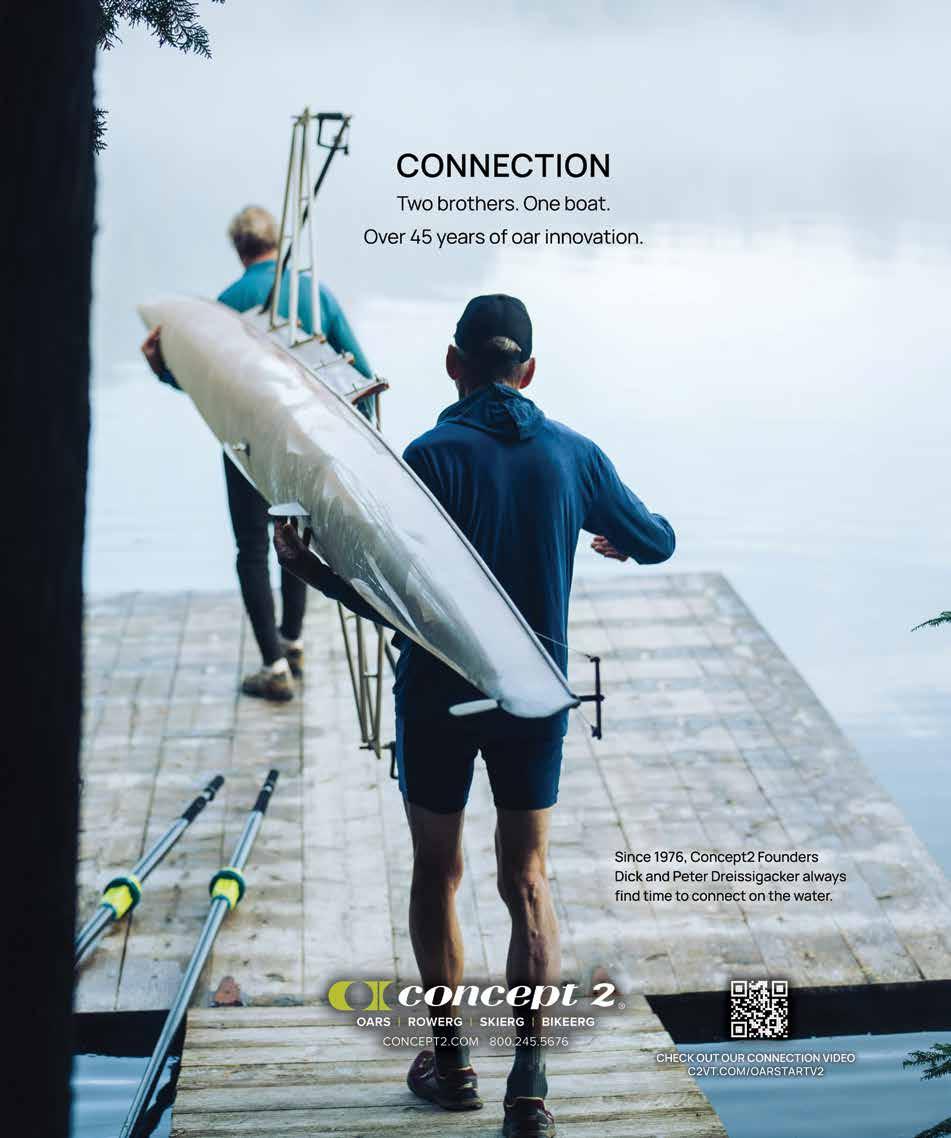
Get started today at gemini.com
